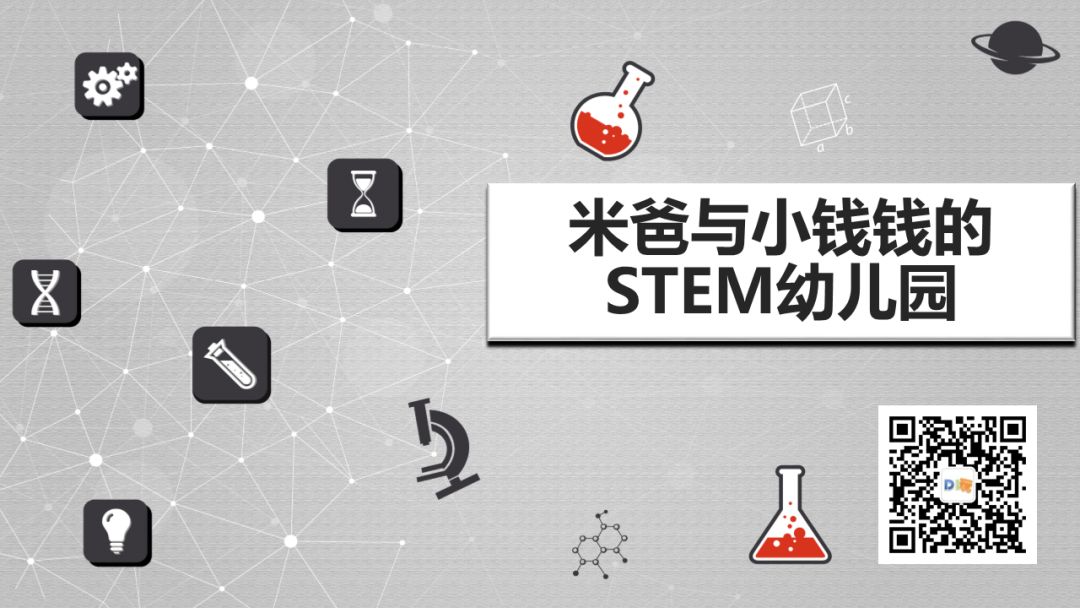
Ningbo Guangji Central Primary School, Di Yong
Ningbo Xiaoshi Middle School, Qian Zhaoyuan
First, we need to explain the “STEM Kindergarten” in the above image. After the last article was published, many friends asked, “Are you planning to set up a kindergarten?” Clearly, everyone missed the joke! The reason we named this series of courses “STEM Kindergarten of Mi Dad and Little Qianqian” is to pay tribute to MIT’s “Lifelong Kindergarten” program; secondly, kindergarten is probably the most imaginative stage of human life. We hope to preserve children’s precious curiosity, imagination, and creativity as early as possible through this series of courses, hence the theme “STEM Kindergarten”.
 Now, let’s get to the point.
Now, let’s get to the point.
The egg is probably the biggest victim of destructive experiments in schools. Using it as an experimental subject is a common choice among children both domestically and abroad. Mi Dad and Little Qianqian saw students at Edgewood Middle School in the United States conducting experiments with eggs as “safety airbags.” Teacher Qianqian stated that from a mechanics perspective, the physics principles behind such experiments are all based on Newton’s second law.
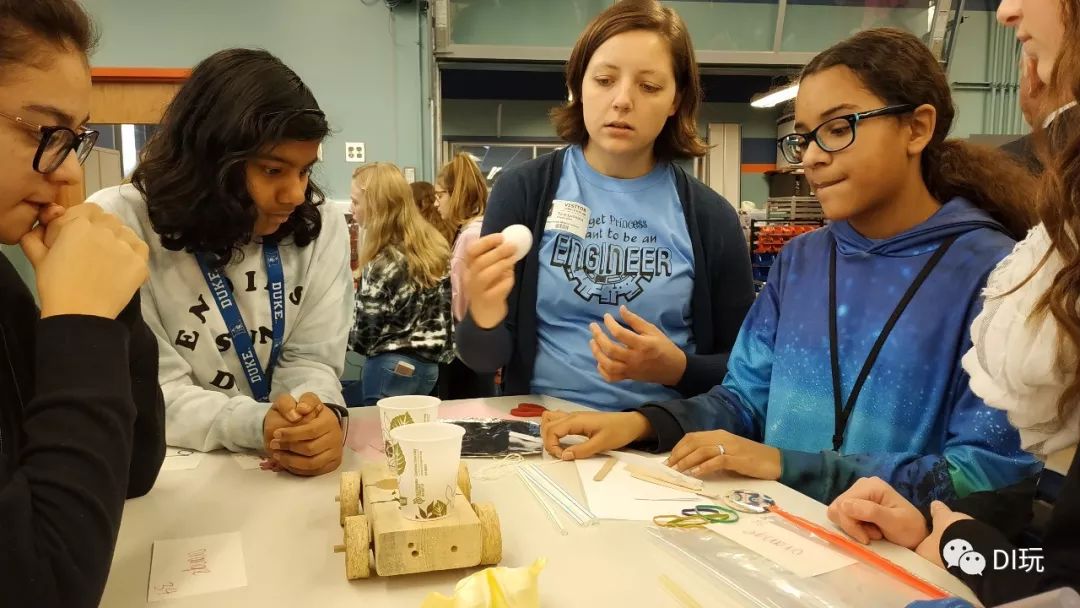
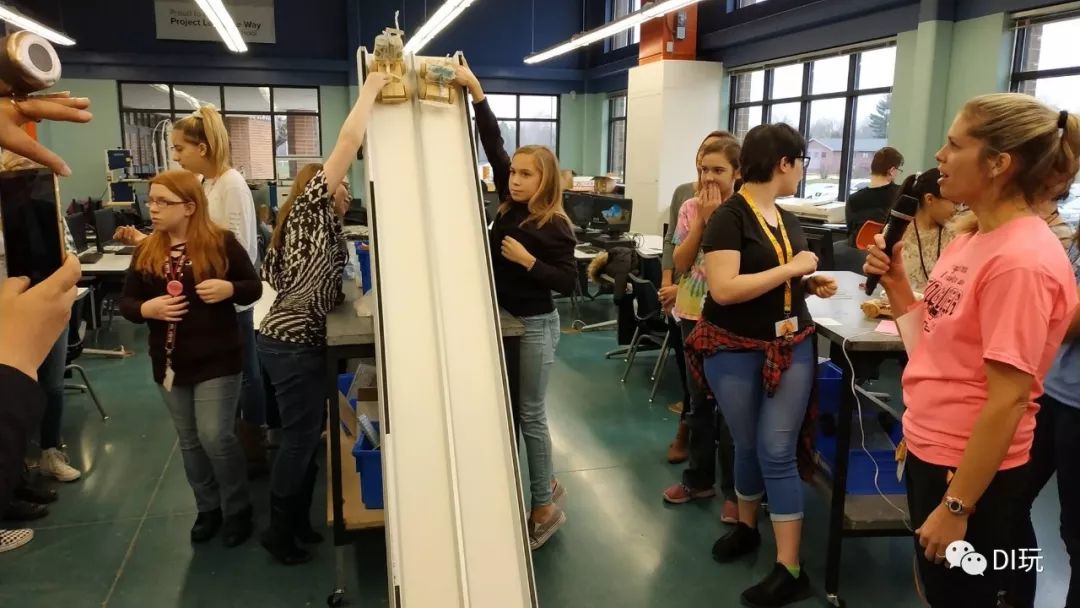
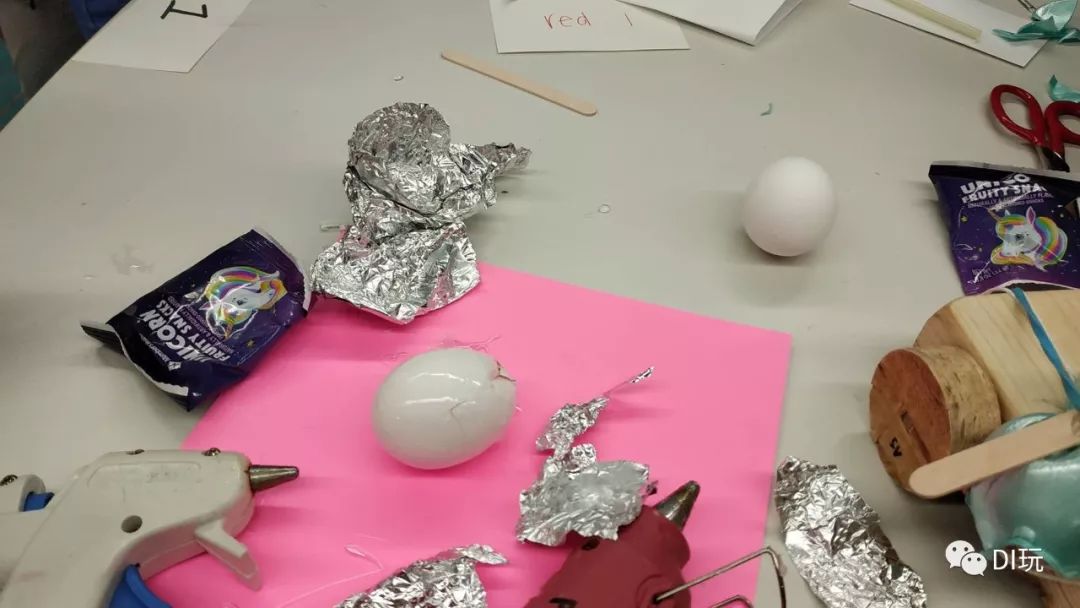
As for the “egg hitting the ground” epic tragedy, many schools have composed stories about it. The Institute of Physics at the Chinese Academy of Sciences even collaborated with CCTV’s “Zhengda Variety” to produce a program about the egg hitting the ground experiment.

It is not difficult to find that using eggs as experimental subjects has the following obvious drawbacks:
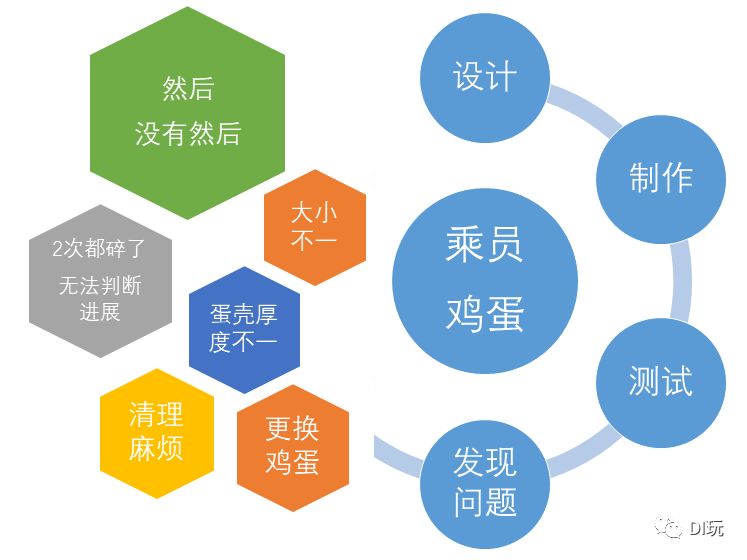
Using eggs for experiments often leads to “and then, there was no more”.
1. The scene is tragic. Eggs often meet a gruesome end, and they are sticky and messy to clean up.
2. There is a large individual variation in samples. The size and shell thickness of eggs vary.
3. They cannot be reused. Even if the appearance is intact after the first impact, it is hard to guarantee there are no internal injuries. Subsequent experiments cannot use them as reference objects.
4. The differentiation is not detailed enough. The biggest drawback is that we can only qualitatively observe the egg’s breakage, and cannot conduct quantitative measurements.
Therefore, today we will let the eggs go and let micro:bit take the stage to explore Newton’s second law. Compared to eggs, micro:bit is practically indestructible and does not have the aforementioned drawbacks. We can repeatedly improve and test to create a relatively reliable “escape pod”.
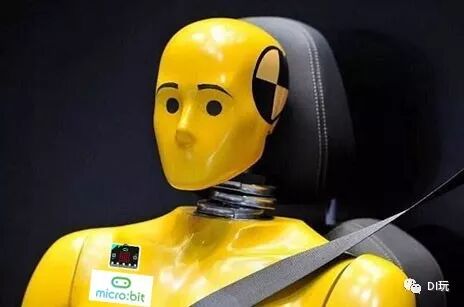
Micro:bit becomes a quasi-professional test dummy.
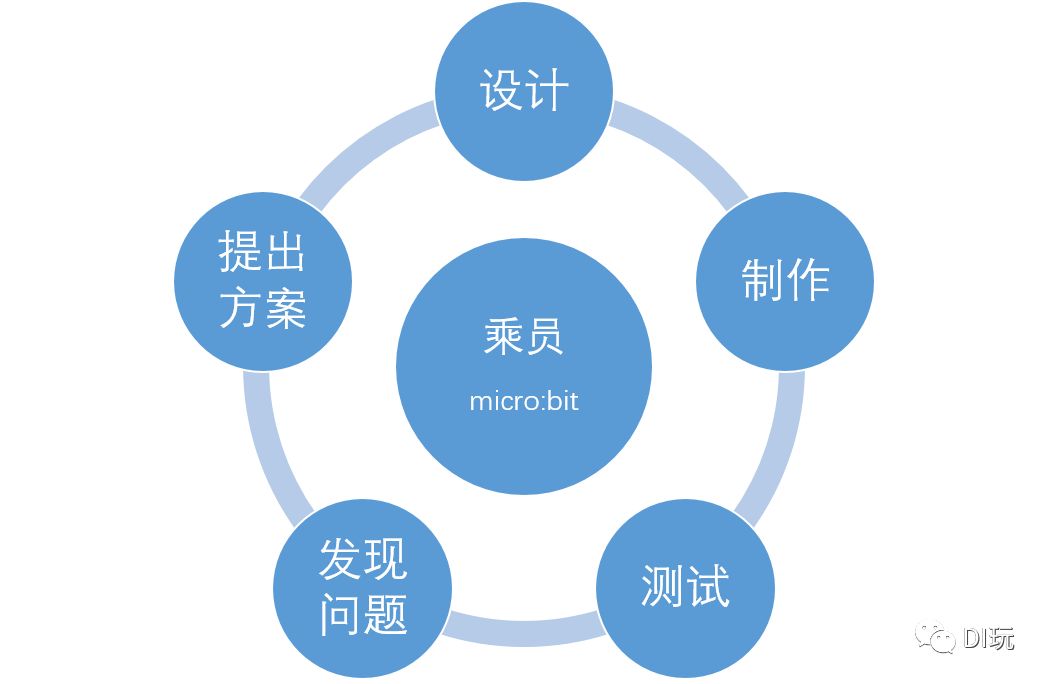
After replacing the occupant with micro:bit, there are no more unexpected complications.
Mi Dad took advantage of the remaining golden autumn days in November to have the kids from the maker club try out the project practice themed “micro:bit’s escape pod” for nearly half a month.
Our driving question is: How to reduce the damage to the “occupant” when the escape pod touches the ground?
Materials:
micro:bit × 2
AAA battery holder × 2
Various materials for making the “escape pod” such as cardboard, plastic bags, foam, toothpicks, etc.
Hardware Setup:
This experiment uses the onboard accelerometer of the micro:bit board, so no external devices are needed.
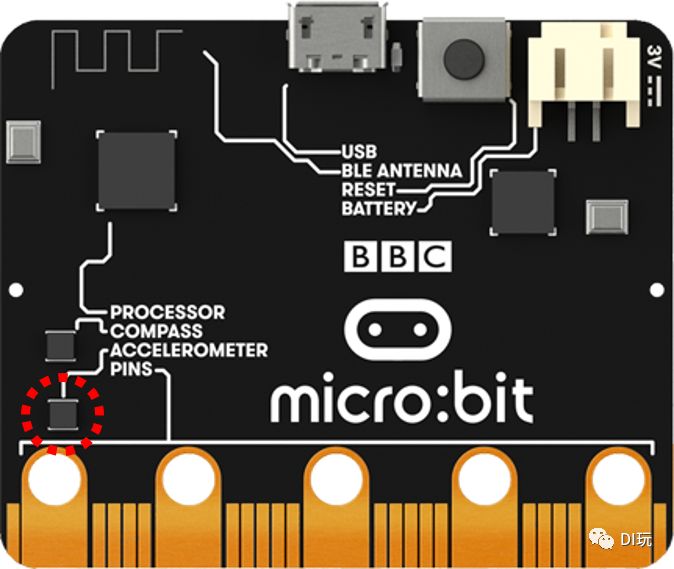
The above image is from the micro:bit official website, and the red circle indicates the accelerometer chip of the micro:bit.
Since October 2018, a new version of micro:bit hardware has appeared on the market. In the new version, the magnetometer and accelerometer have been combined into one chip. For details, please refer to KittenBot CC’s interpretation: Little Meow’s Big Horn, What?! Micro:bit Changed Hardware?
Program Design
In the program, we need to call the acceleration value module from the input commands.

And read data using wireless transmission.
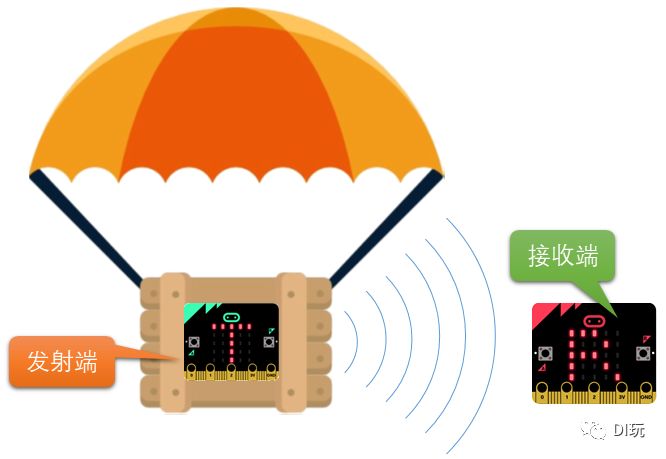
The following image shows a program designed by one of the groups.

Transmitter

Receiver
Project Practice
In the past, Mi Dad’s tutorials often provided step-by-step details for making.
However, this theme is completely open, so let’s leave the brainstorming to the kids!
On November 16, we held a brainstorming session where each group introduced their design prototypes for the escape pod. Without material and technical constraints, the teacher was truly amazed by everyone’s imaginative ideas!
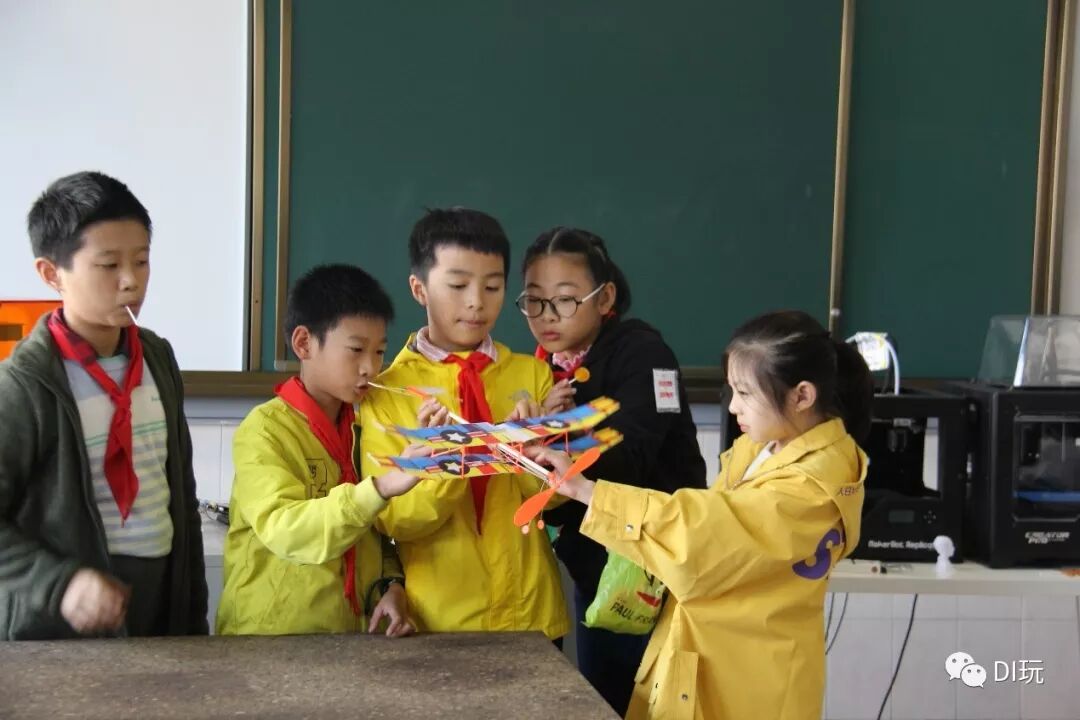
Group A’s kids, due to their excellent completion of the previous project experiment record, enjoyed the privilege of brainstorming while sucking on lollipops.
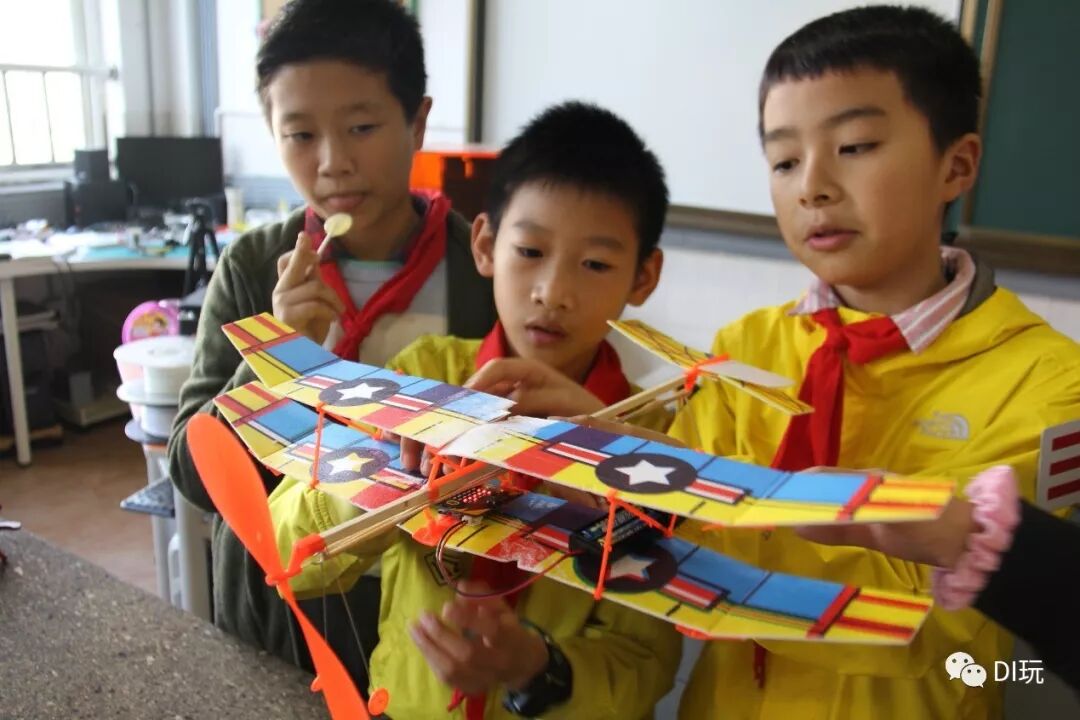
Fortunately, it was just a rubber band-powered plane; if it were a quadcopter, the other groups would have been in trouble.
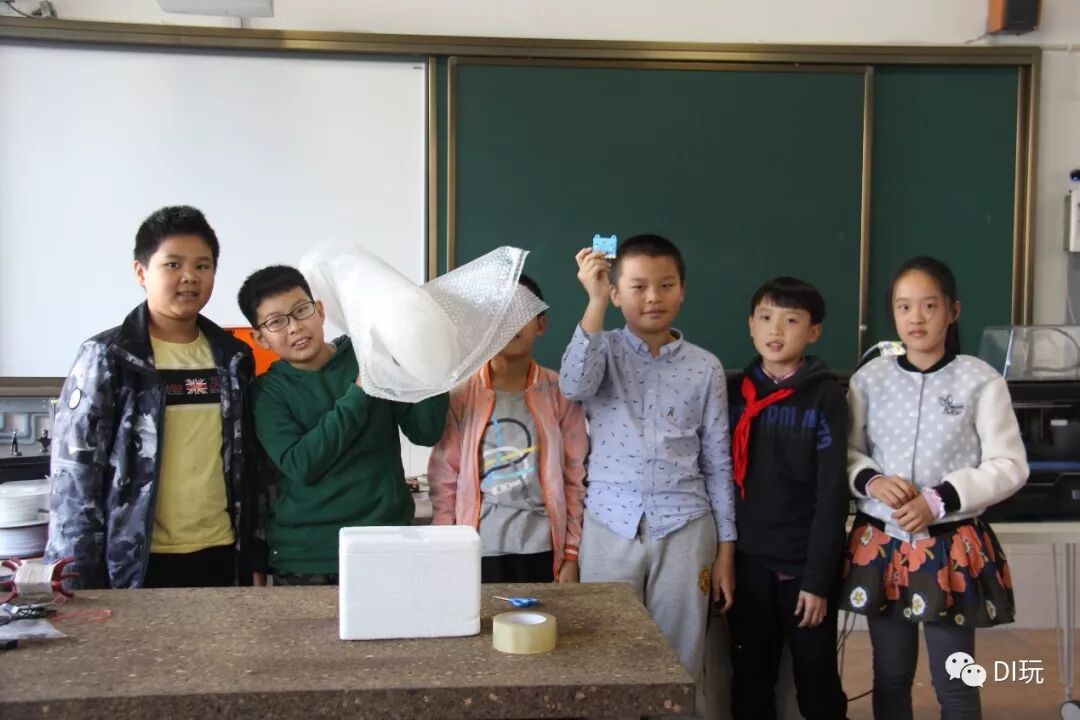
Group B brought a whole roll of bubble wrap, which was so tempting to touch that once you started, you couldn’t stop.
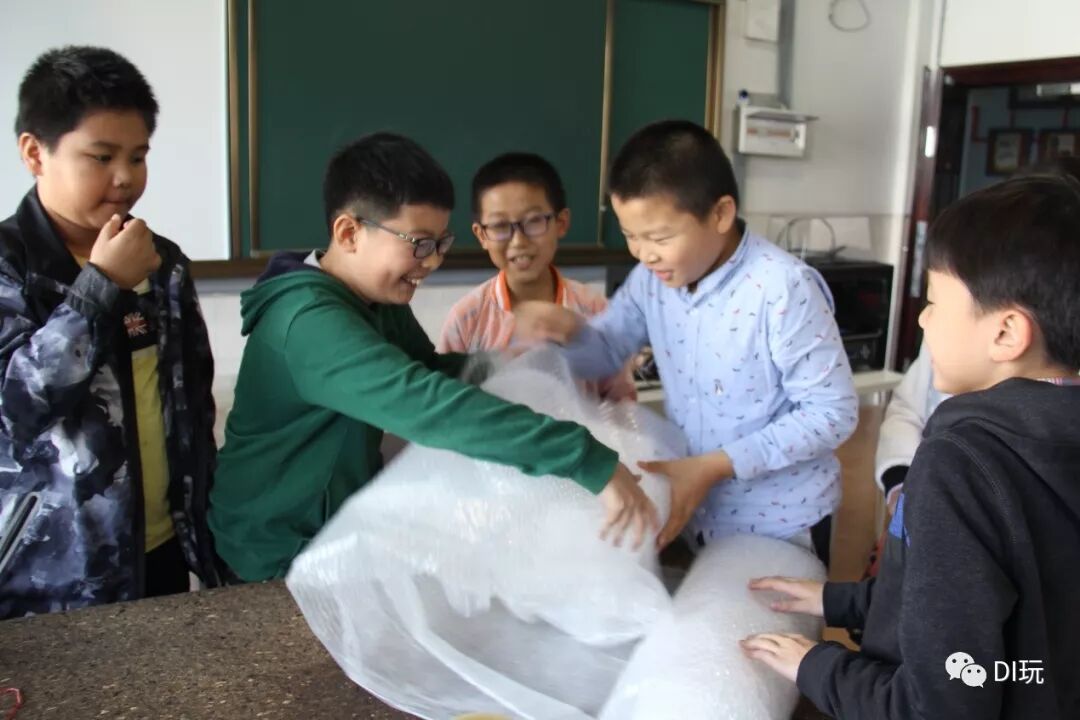
It seems like it wouldn’t be a problem even if dropped from the 30th floor, but this size is too exaggerated.
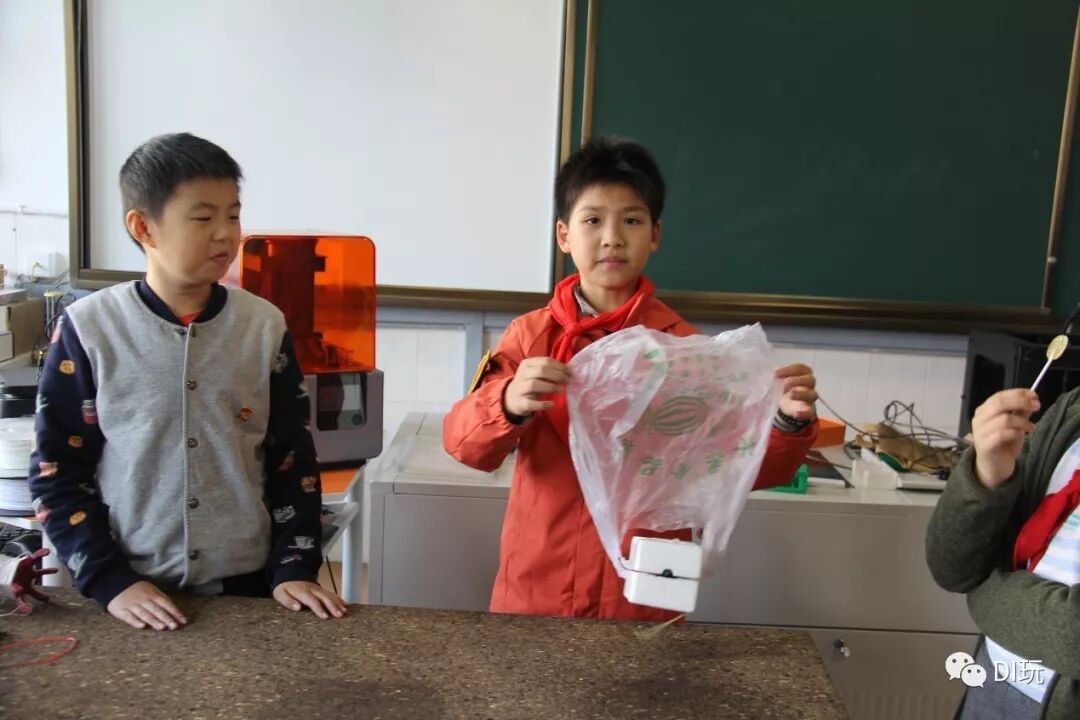
Group C made a parachute out of a plastic bag. It even has an advertisement from a fruit store on it~ Did you collect sponsorship fees from the boss?
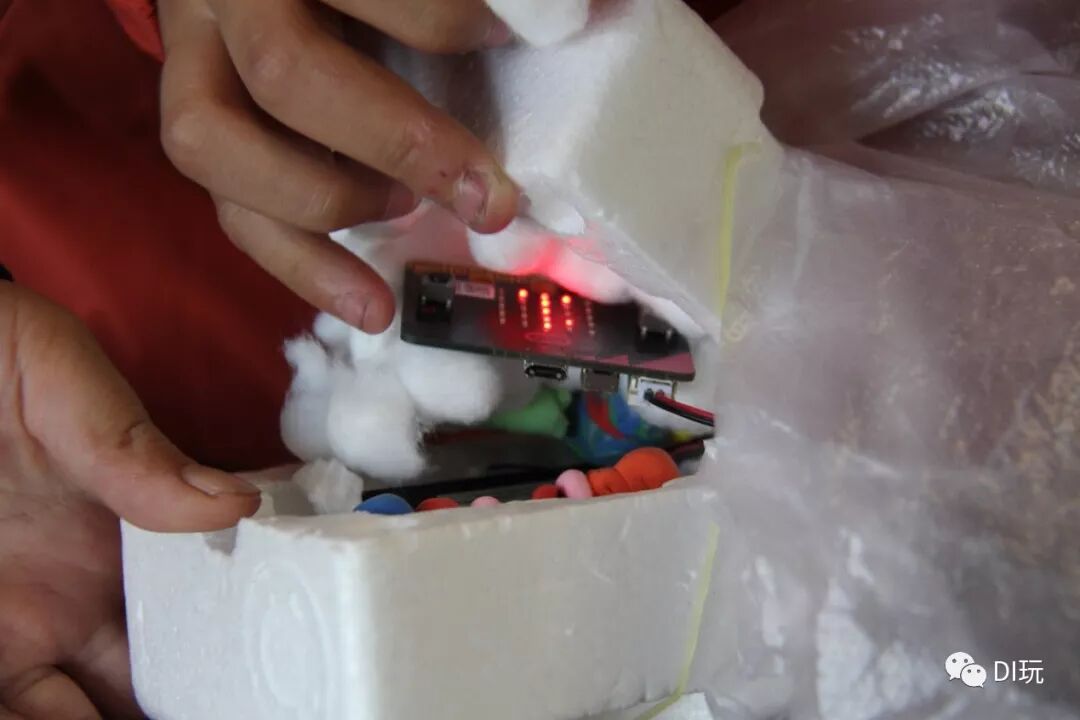
The protective measures in the cabin are not bad! They used both lightweight clay and cotton balls.
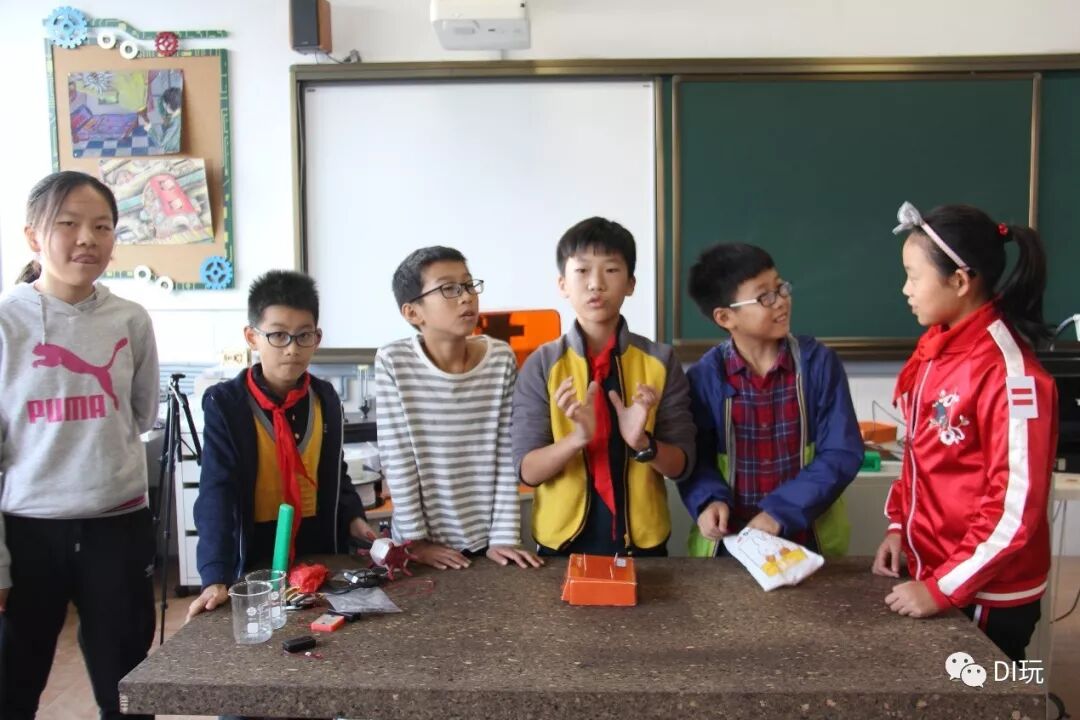
Group D’s kids, although using simple materials, had high technical content!
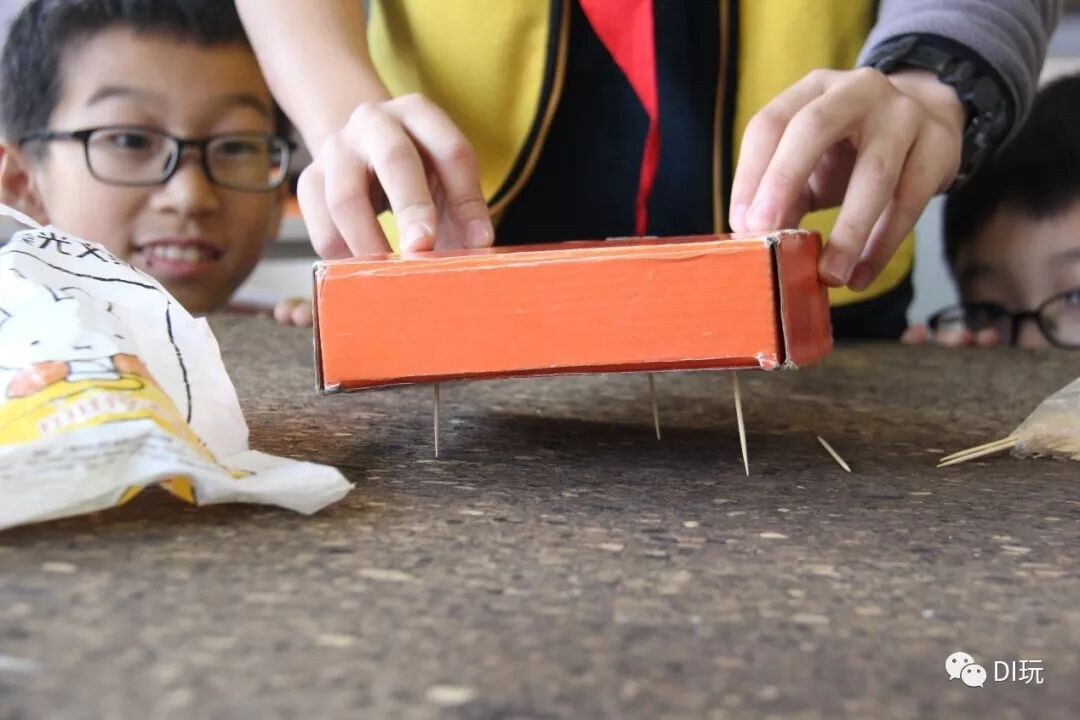
Toothpick shock absorption! This idea is truly unique!
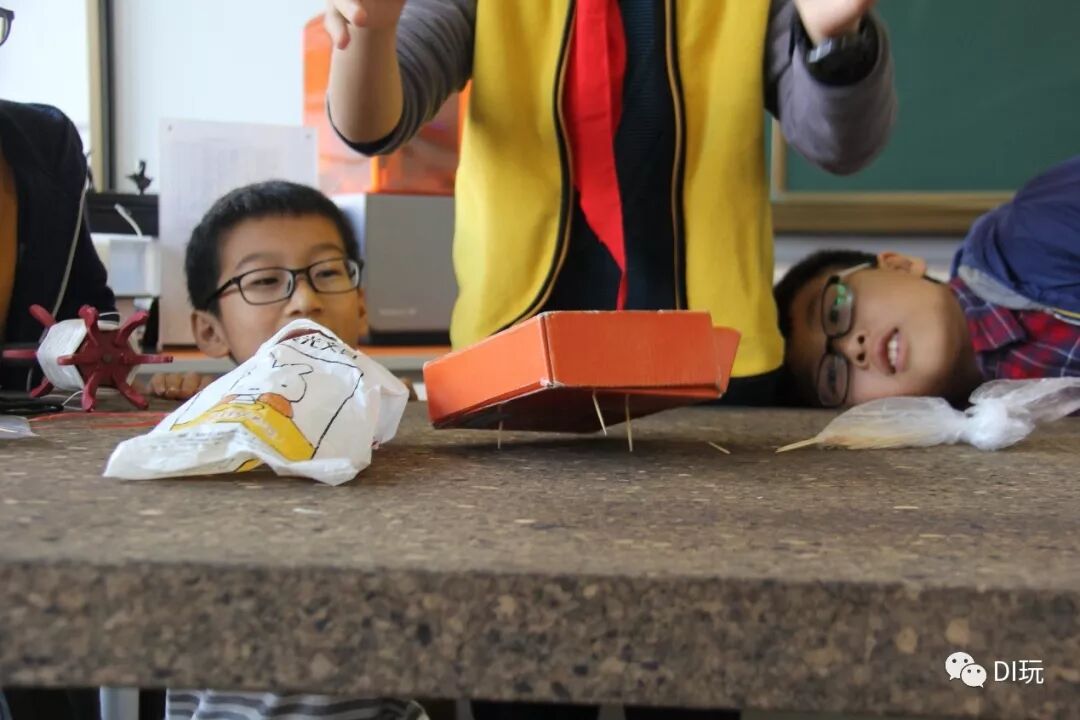
Let’s test the effect; did the toothpicks compress?
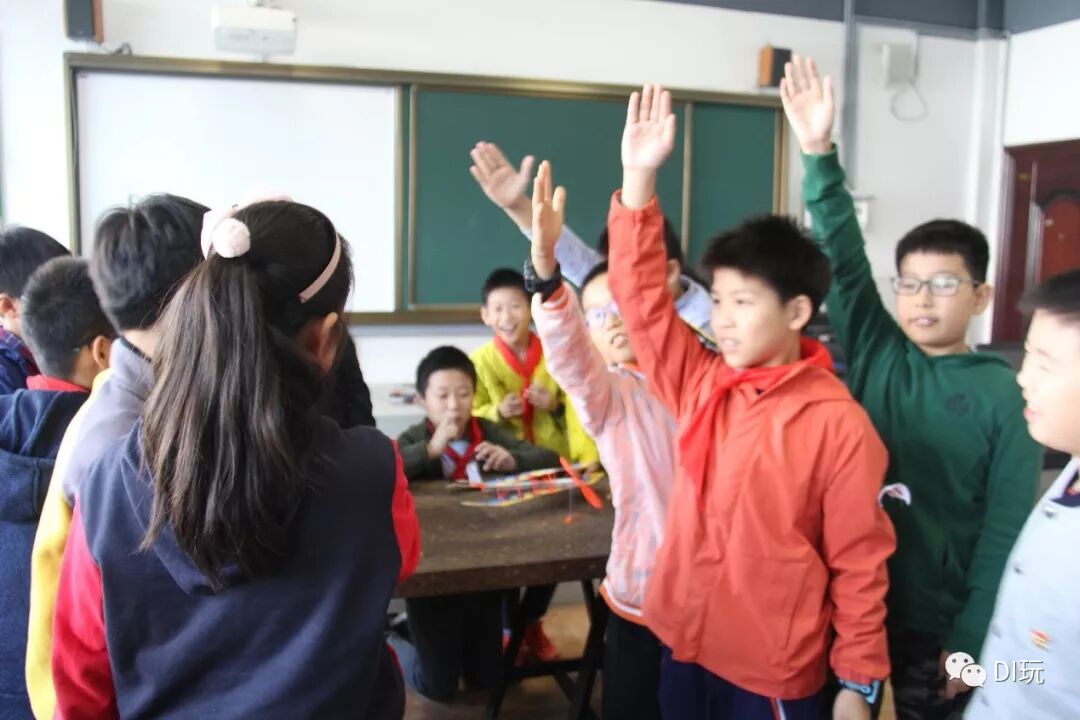
Since this is a brainstorming session, there is naturally no shortage of mutual “picking faults”; the kids are very enthusiastic about “finding bones”.
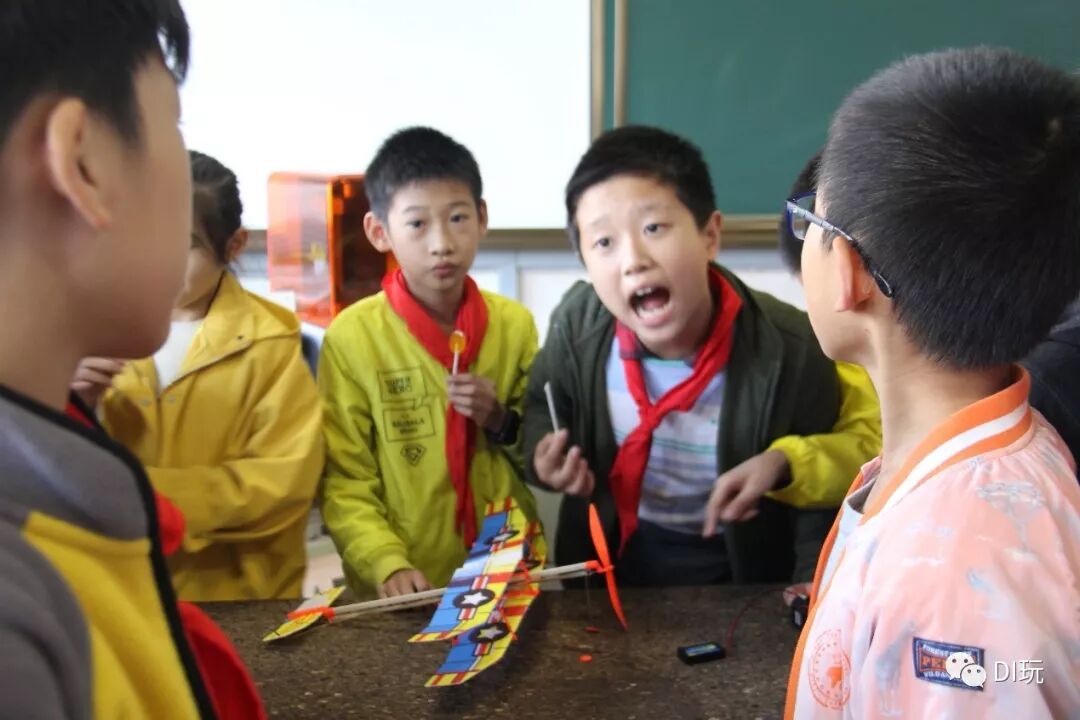
Little brother, although your answer is reasonable, could you be a bit more graceful in your tone? It sounds like you’re arguing with someone.
On November 16, 2018,
we conducted preliminary tests on a sunny Friday.
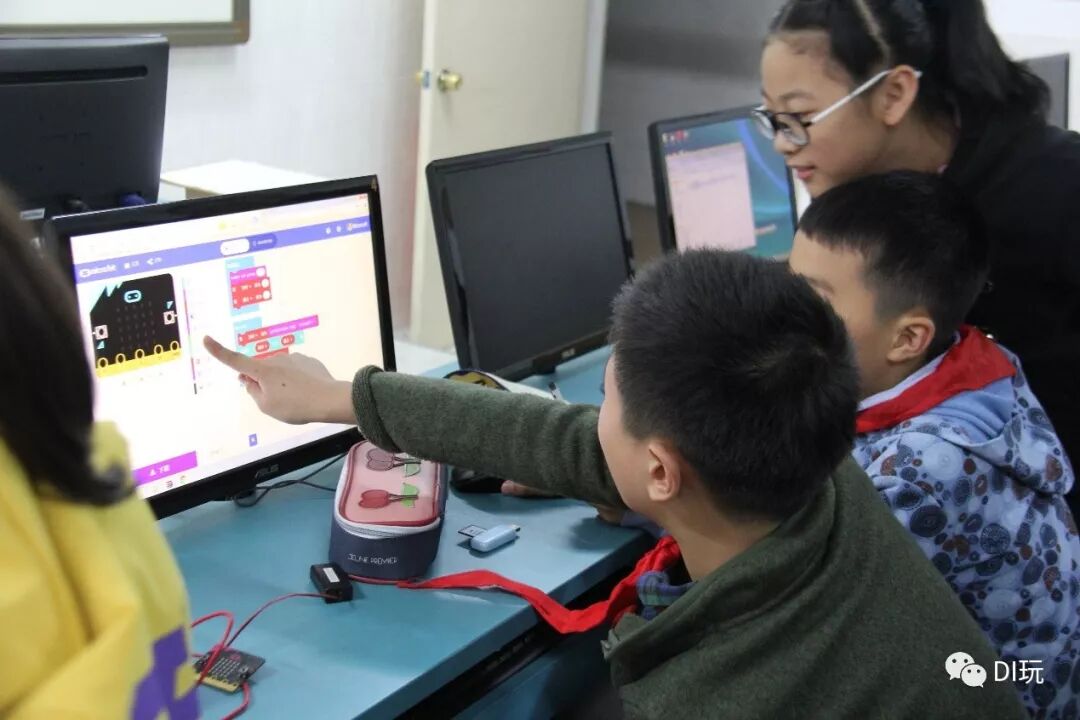
First, we used one class period to debug the program and conduct local tests.
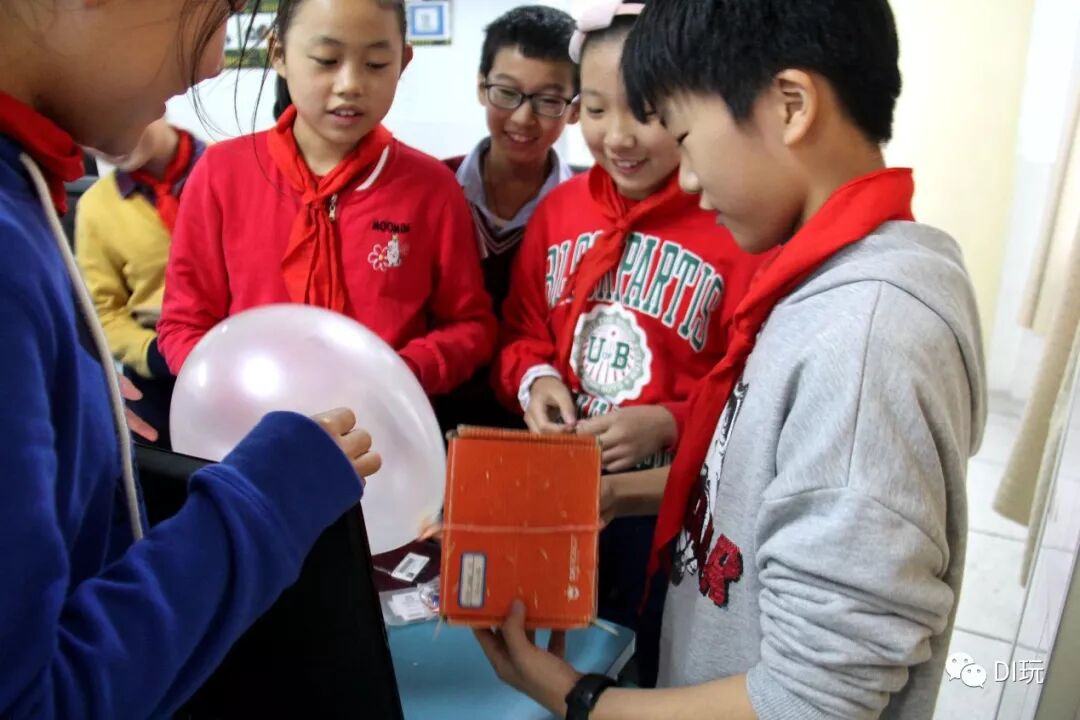
During Group D’s production process, there were occasional “explosion sounds”. Everyone, please pay attention to safety!
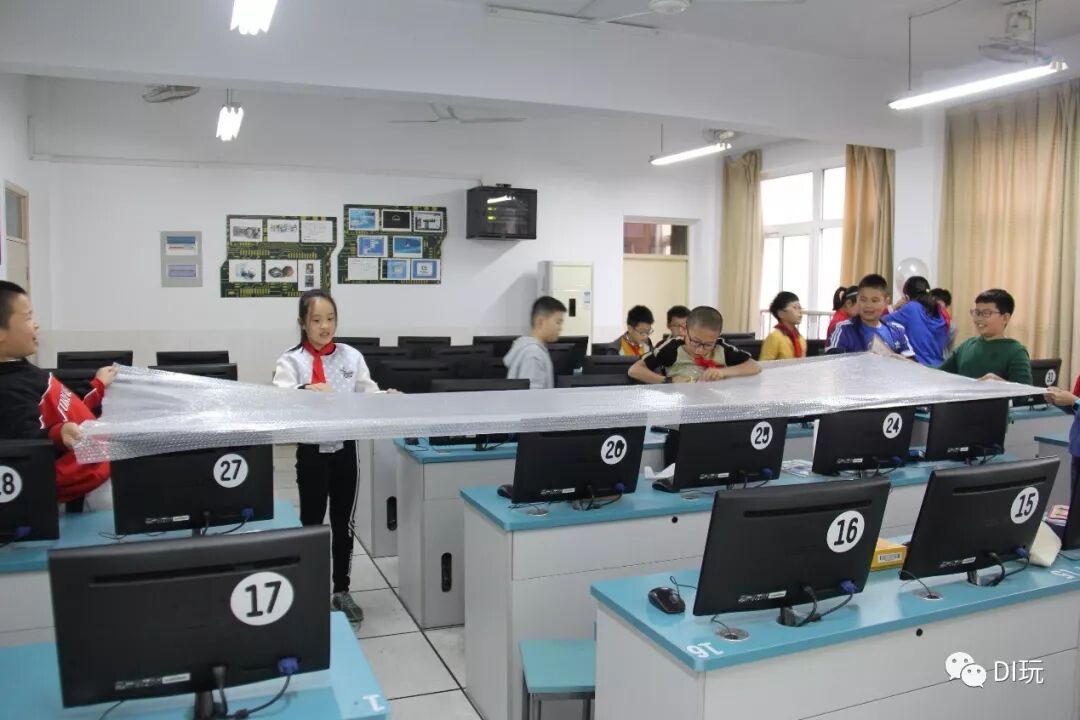
Group B’s bubble wrap expanded even more, indicating they were about to unleash a big surprise!
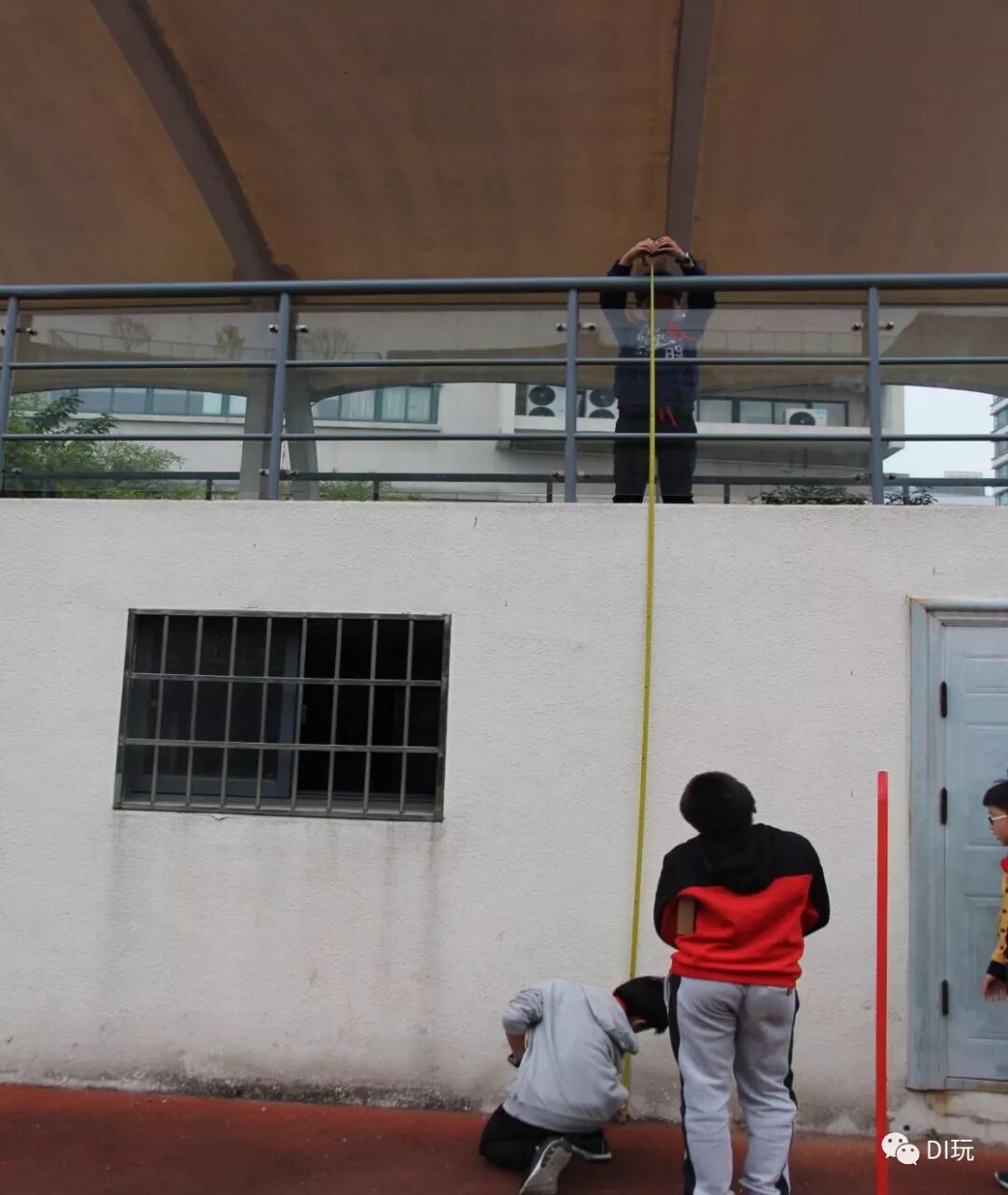
Finding an experimental site was quite a headache. If it was too high, there could be unforeseen safety hazards, especially since Mi Dad was the only teacher present. So we decided on the school’s playground command platform, as the micro:bit’s accelerometer is much more sensitive than an egg.
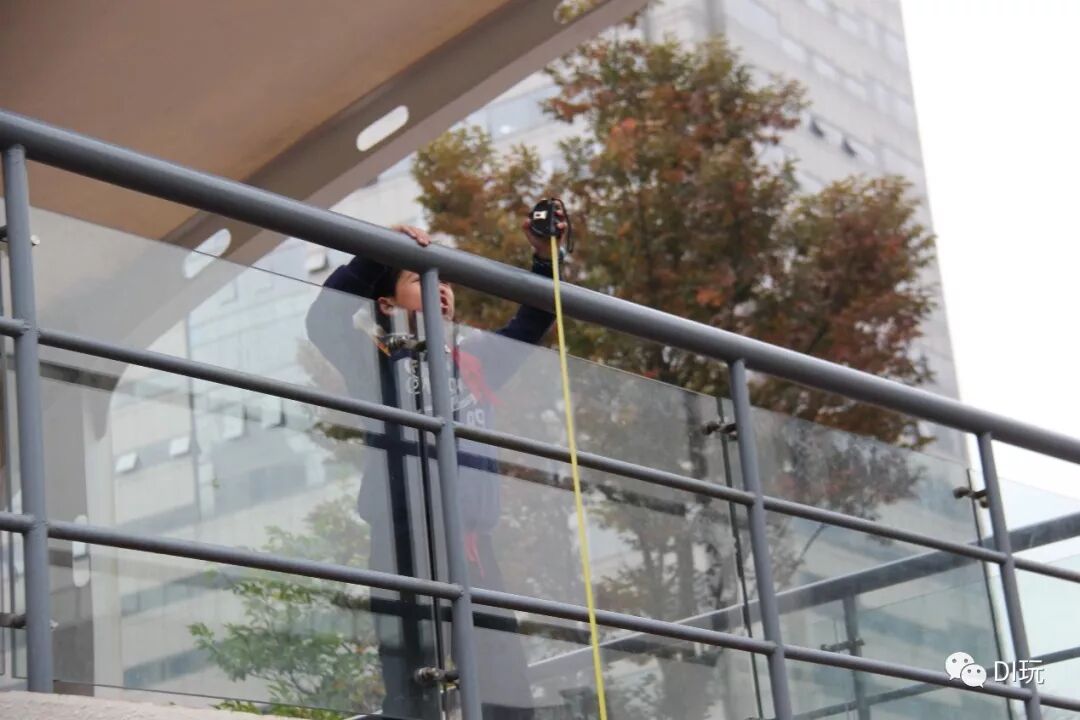
Measured height: 3.7 meters
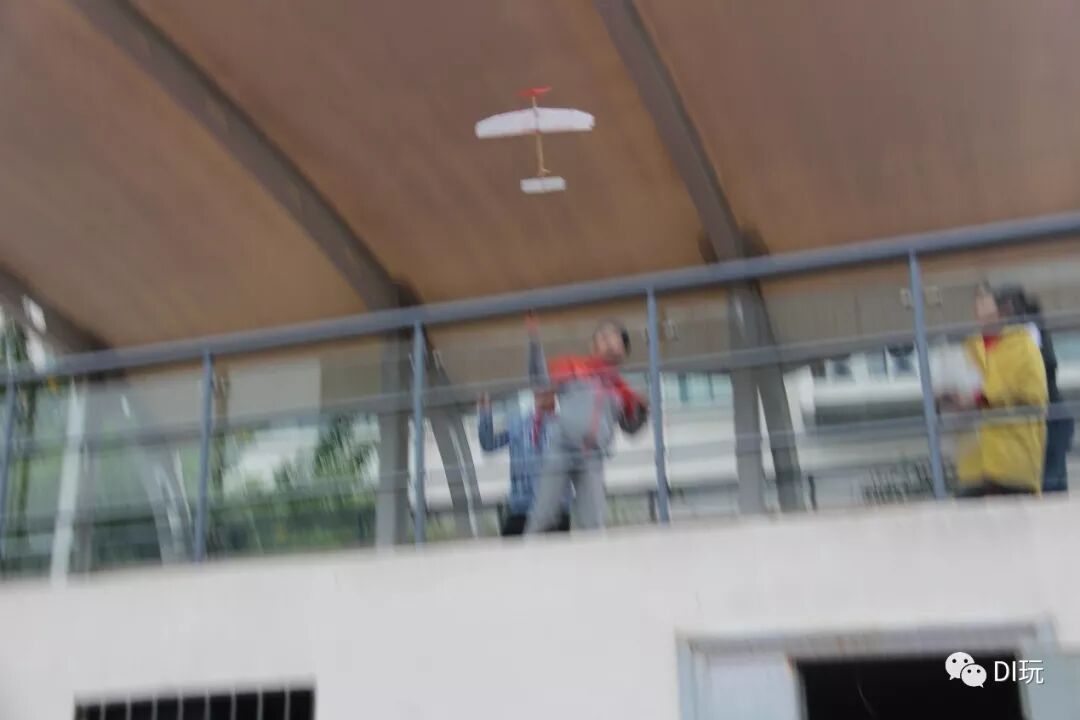
3, 2, 1, launch. Sorry, my hand shook and it got blurry. (It seems the optical stabilization of the camera has been malfunctioning lately.)
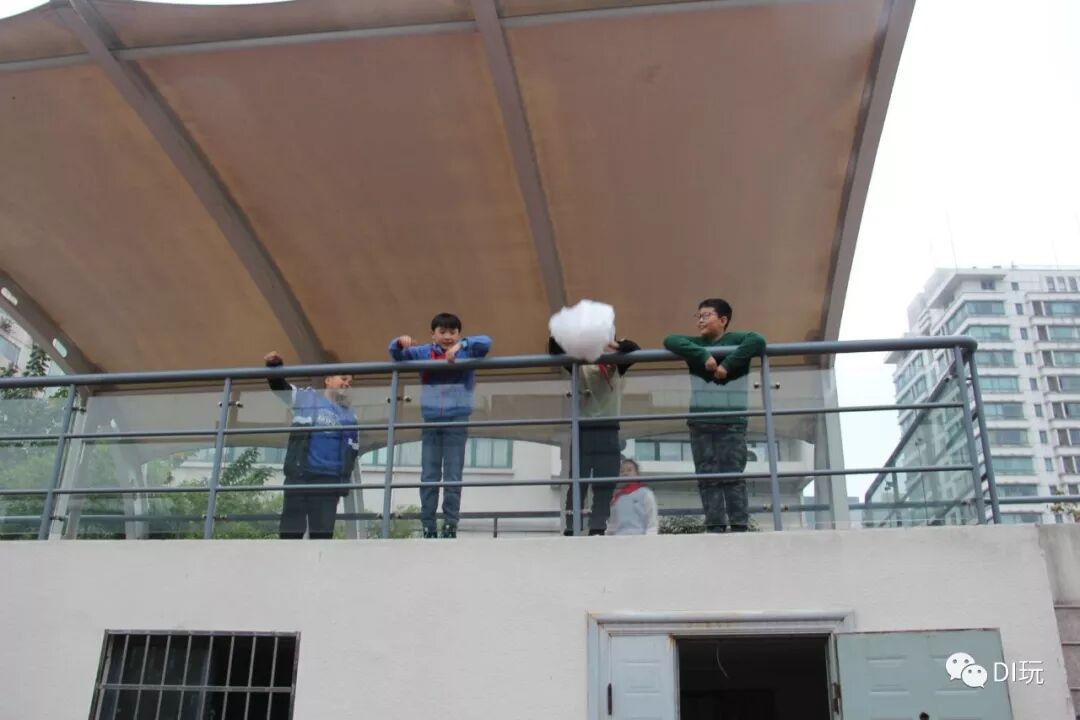
I thought Group B’s package would be more artistic, but it turned out to be just a messy bundle,  a typical “buy a straw rope and get a blue crab” scam.
a typical “buy a straw rope and get a blue crab” scam.
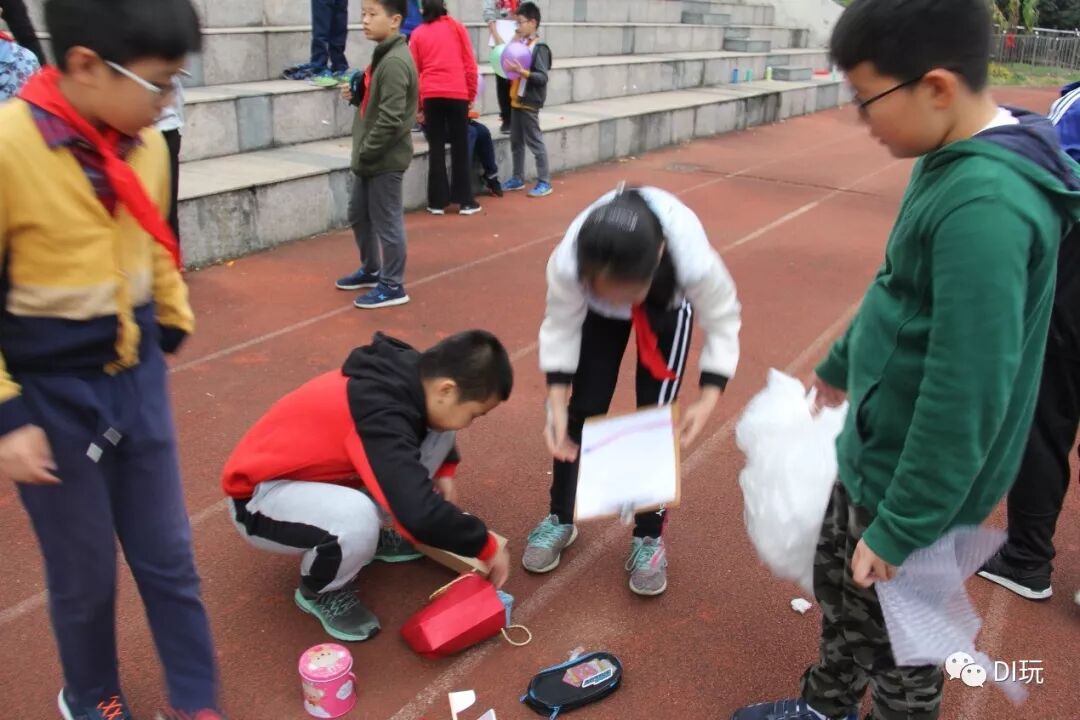
It seems we didn’t receive any data, what should we do? Let’s take it apart and check. It took a long time to untie it, should we consider the convenience of maintenance?
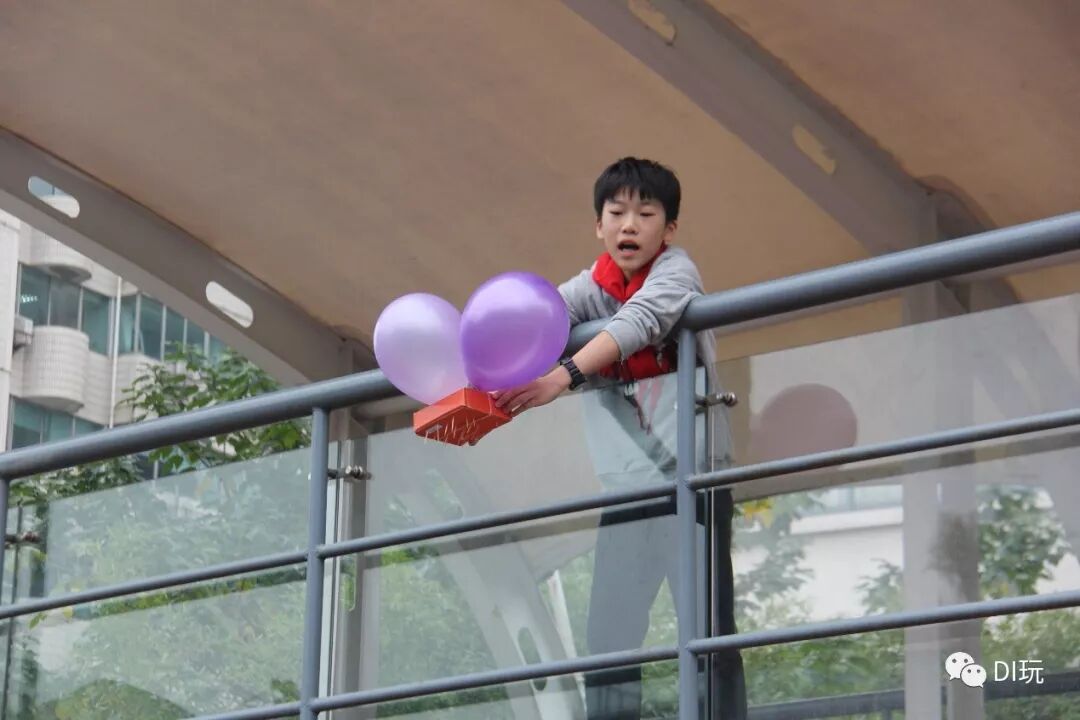
It’s Group D’s turn, “All spectators, step back, watch out for the toothpicks!”
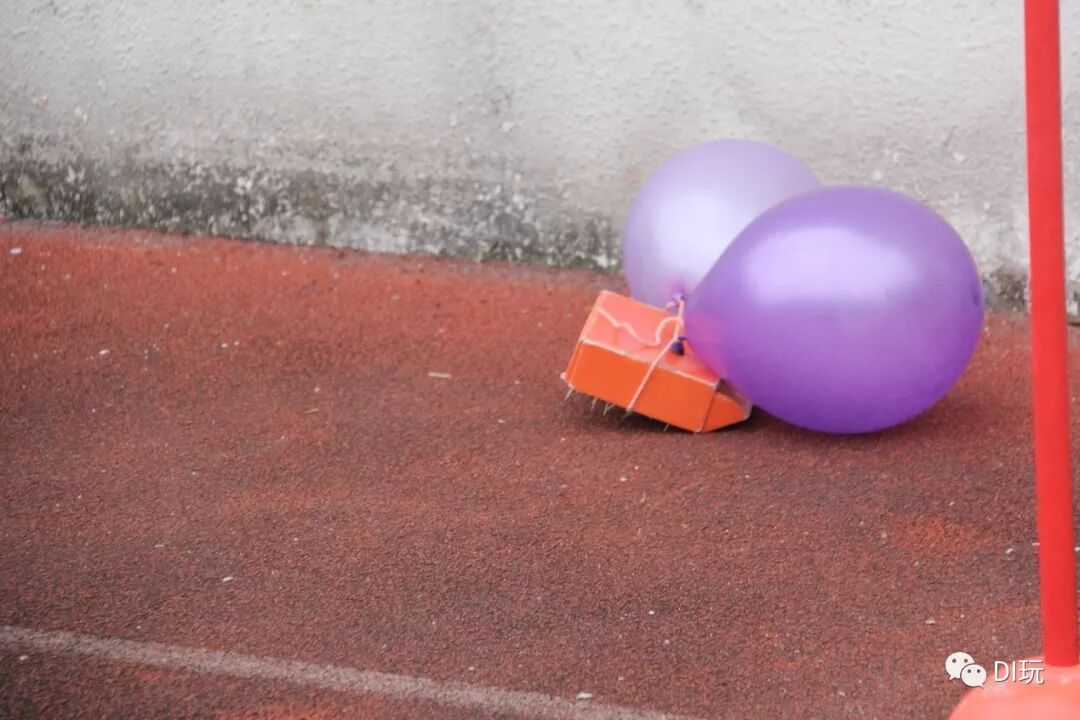
Successful landing, but why did the data not change?
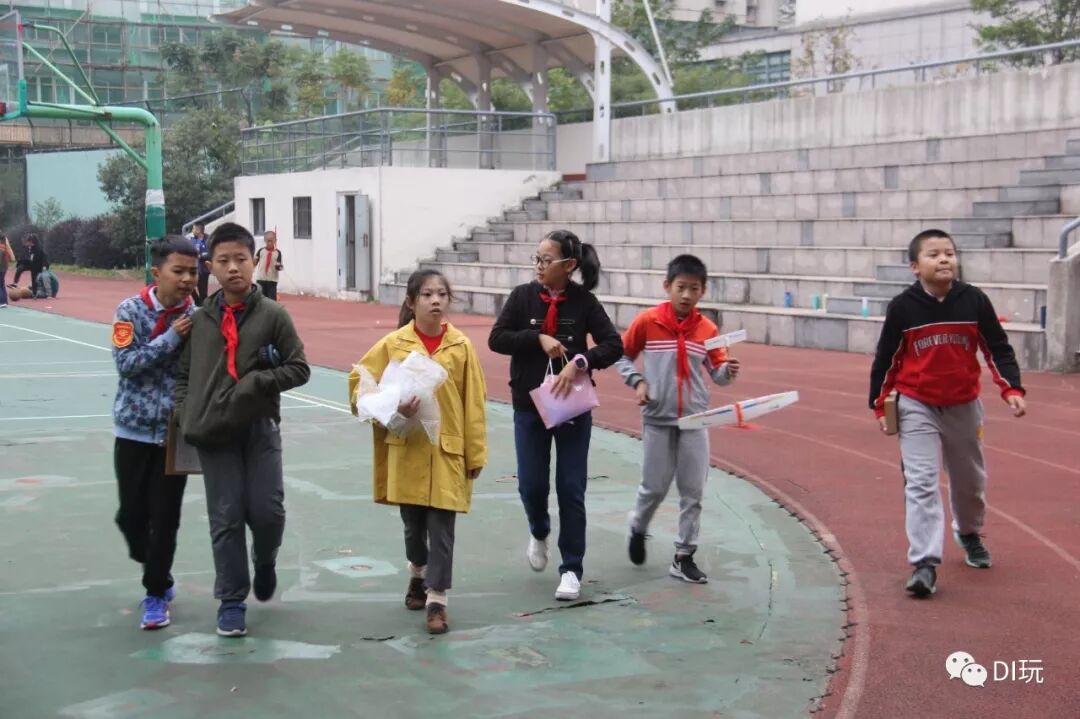
In the first round of tests, each group encountered different degrees of problems. This is exactly what Mi Dad enjoys; if you succeed on the first try, it would be too boring.
On November 23, 2018, the second test
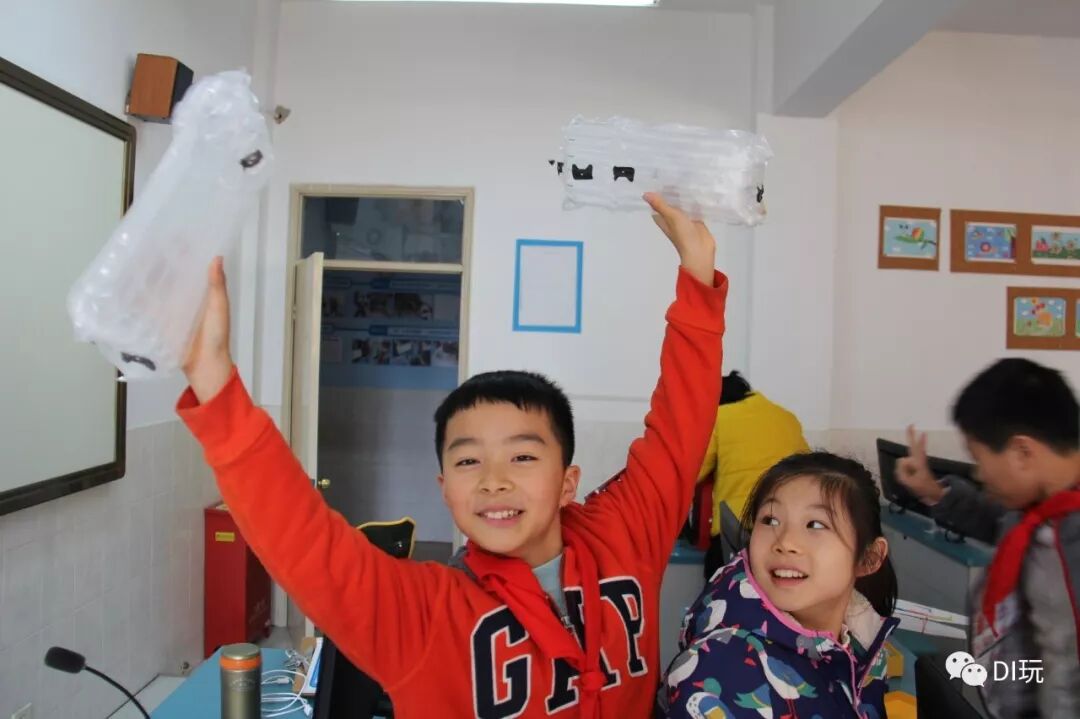
Coincidentally, with the arrival of Double Eleven packages, many kids brought packaging from Tmall and JD as cushioning materials. I jokingly said, “You all have online shopping addicts at home! You’ve made an indelible contribution to Double Eleven!”
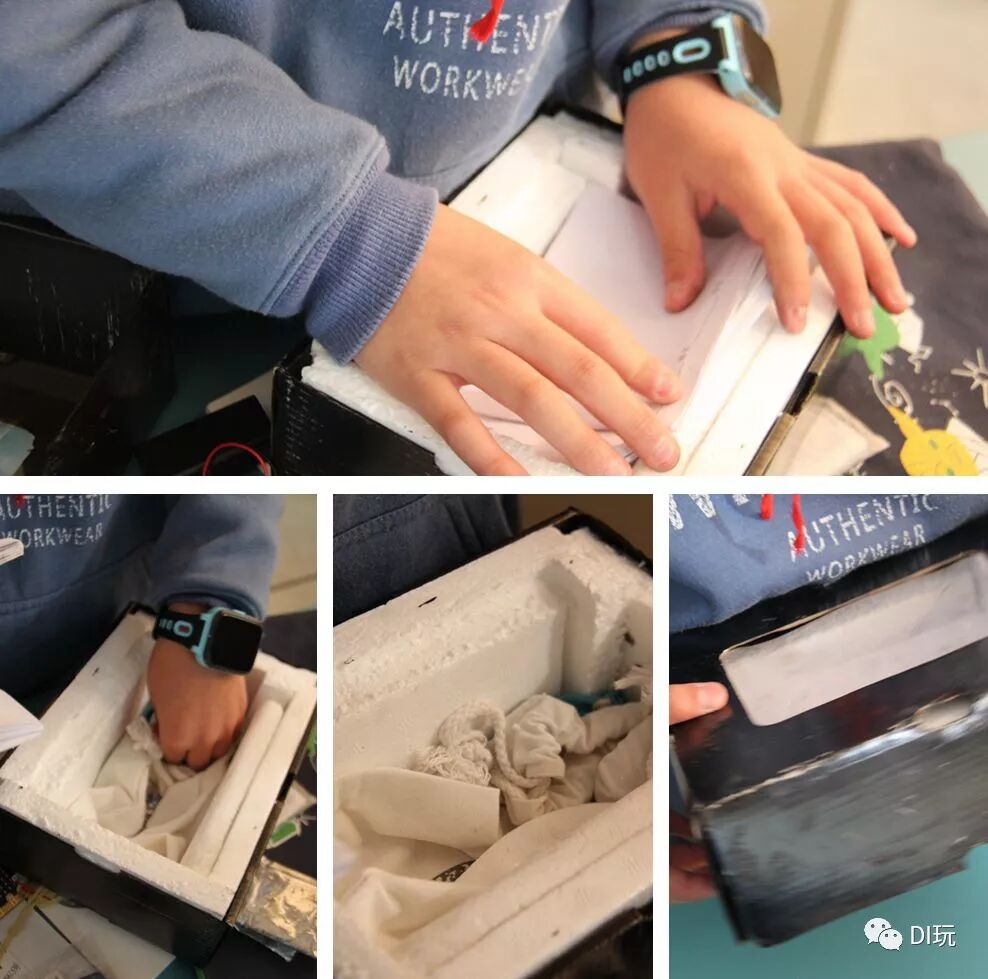
Group C used a shoe box + foam + cloth bag this time.
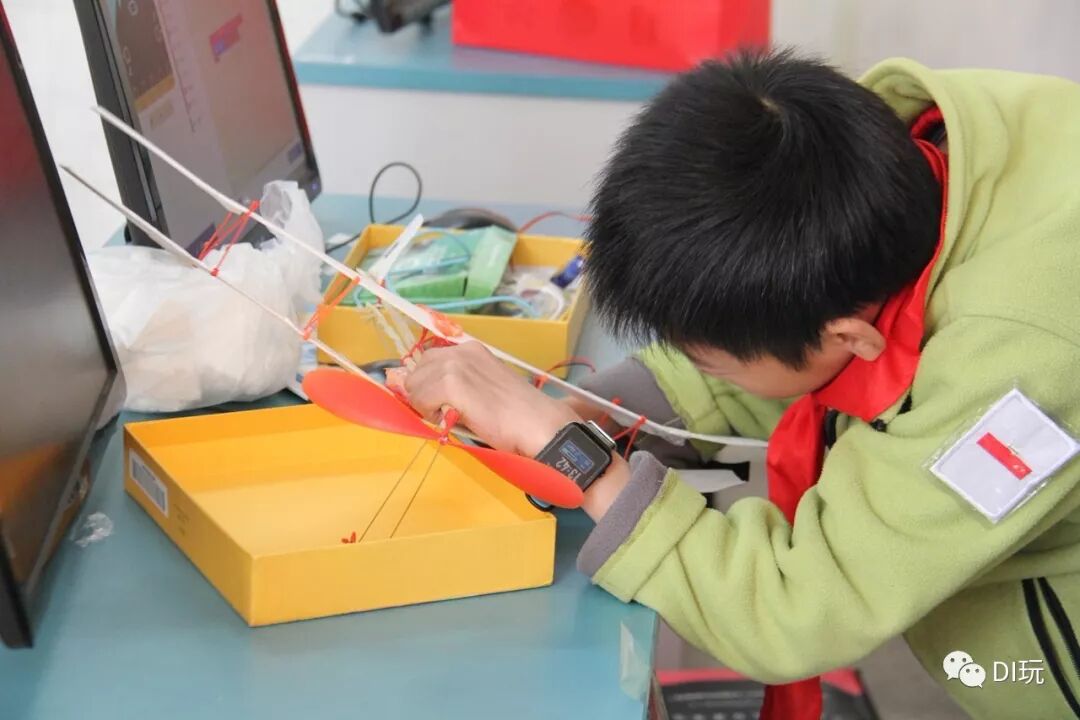
Group A is still dedicated to improving their plane.
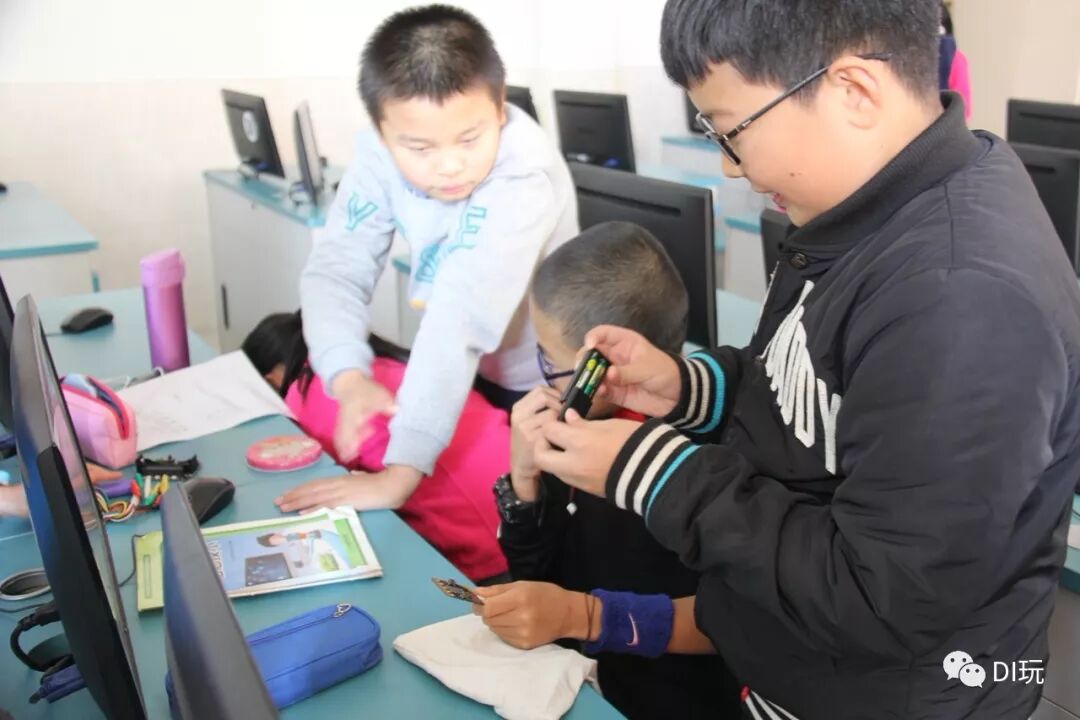
As for Group B? They are still looking for bugs in the program.
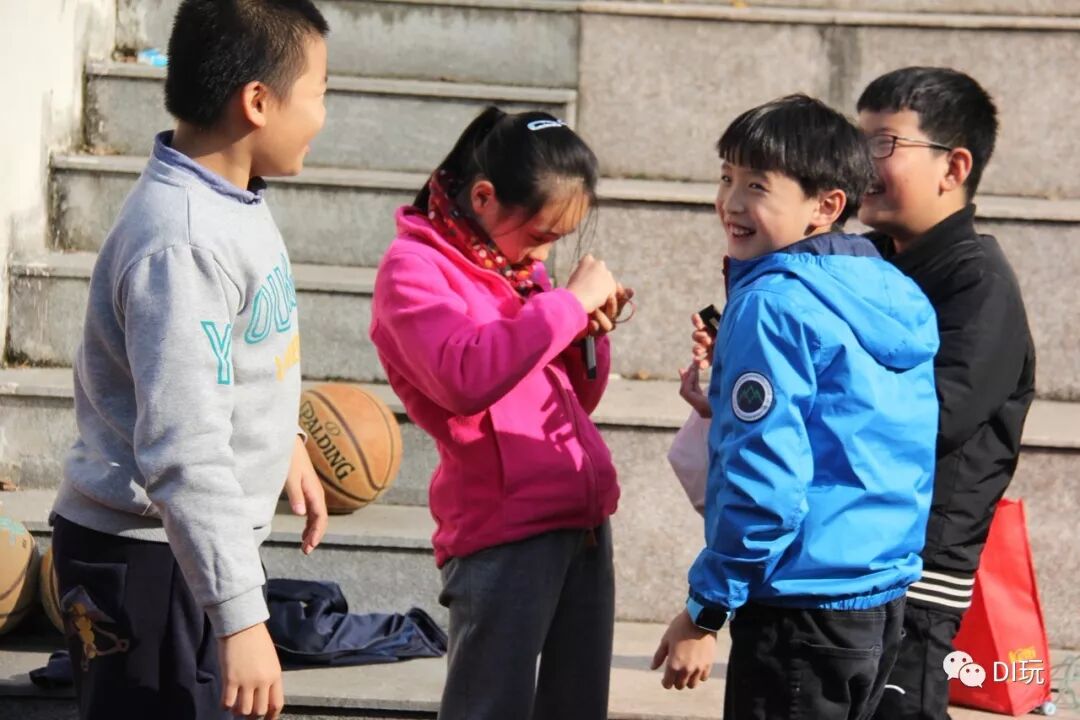
Time for debugging is up; it’s time to take the stage.
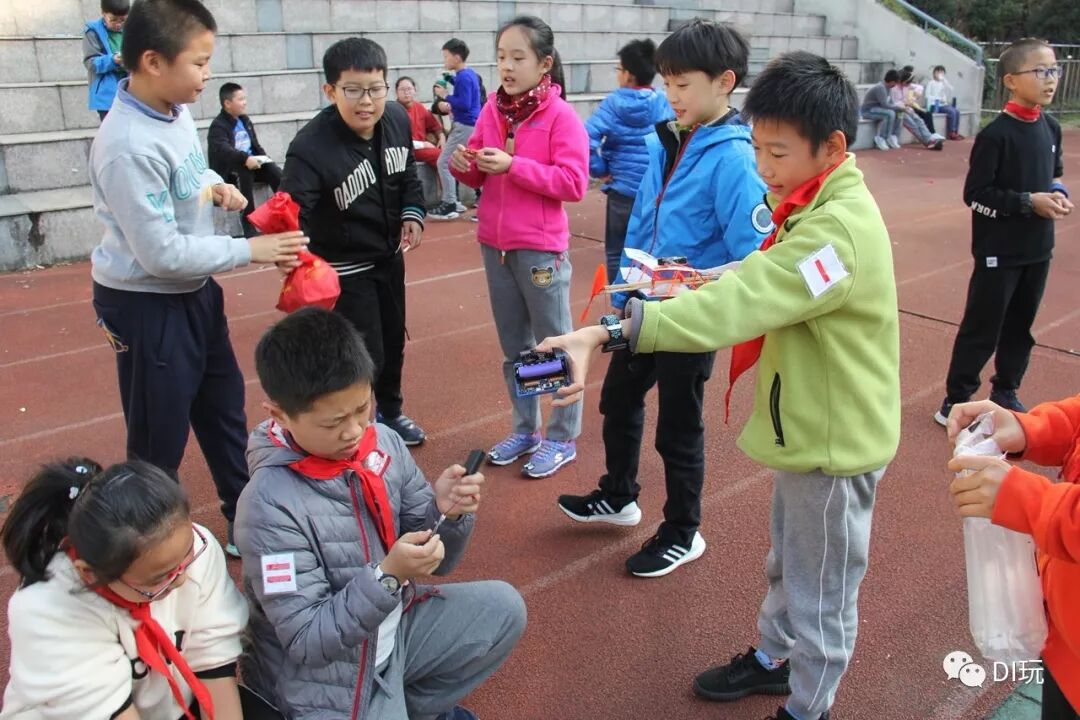
With that frown, it seems there are still issues.
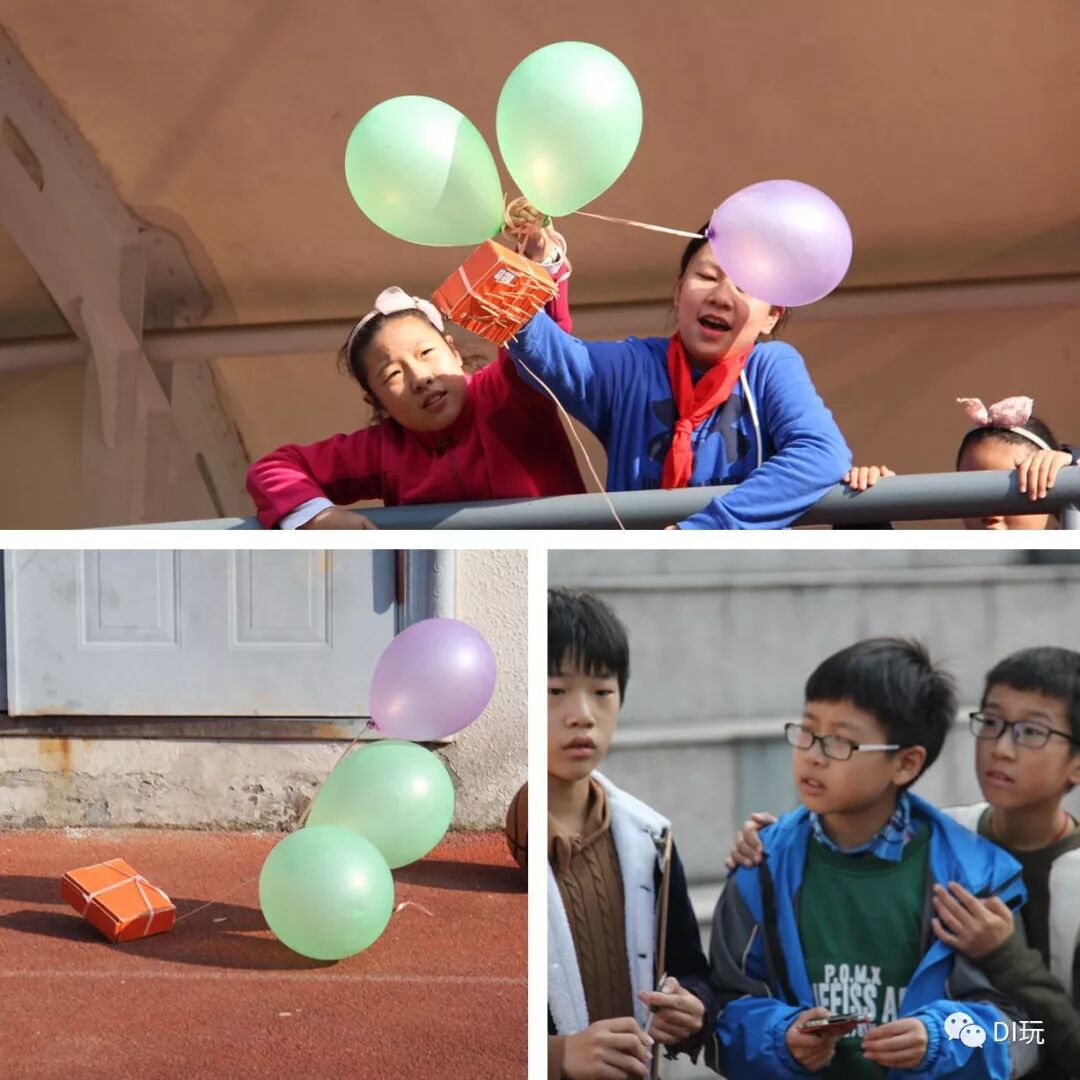
Group C was excited to take the stage. However, strangely, what worked in the lab didn’t work on the playground; the values didn’t change! This is unscientific!
On November 30, 2018
This was the last chance for testing; if it didn’t succeed, Mi Dad would have to wait a month to come back and play with you.
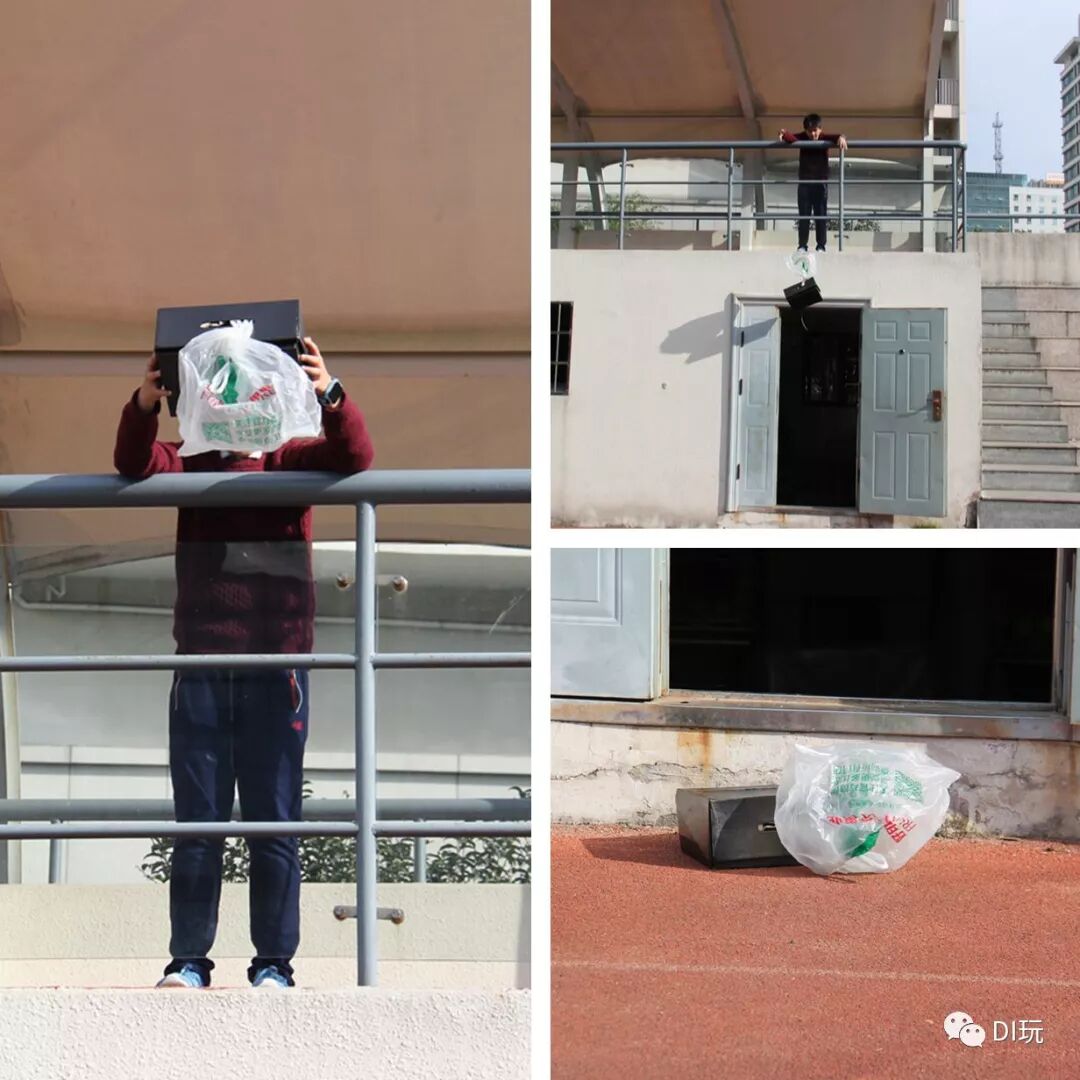
Group C didn’t need on-site debugging and was the first to take the stage, succeeding!
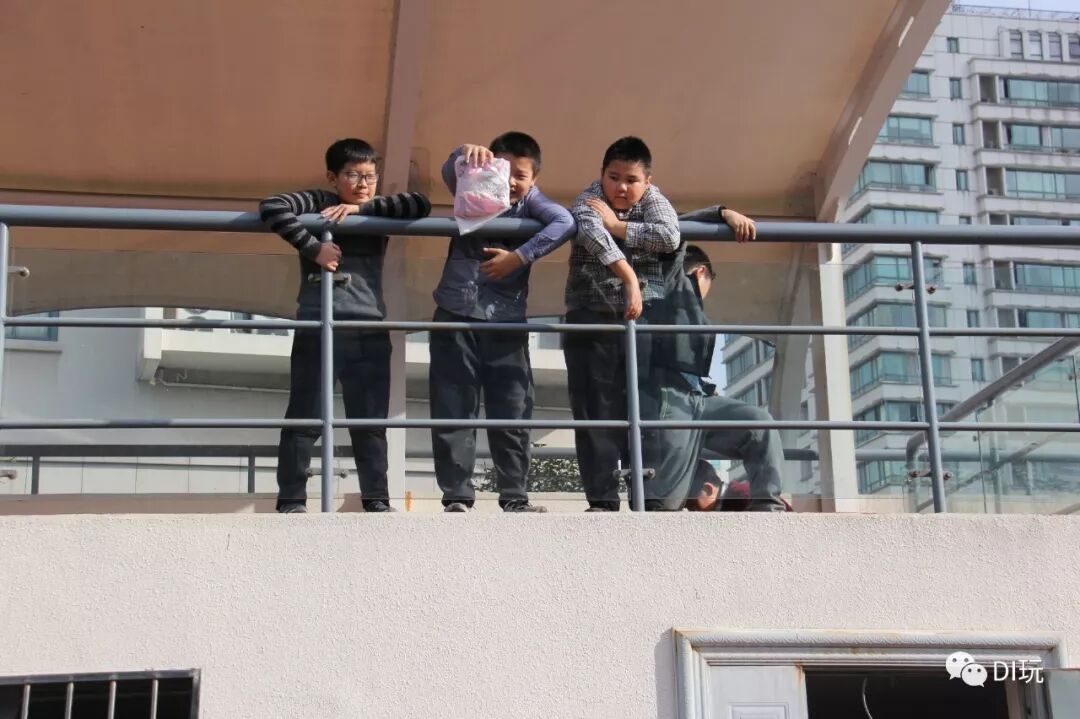
As for Group B, compared to their previous exaggerated package, it is now much more environmentally friendly. But how did it perform?
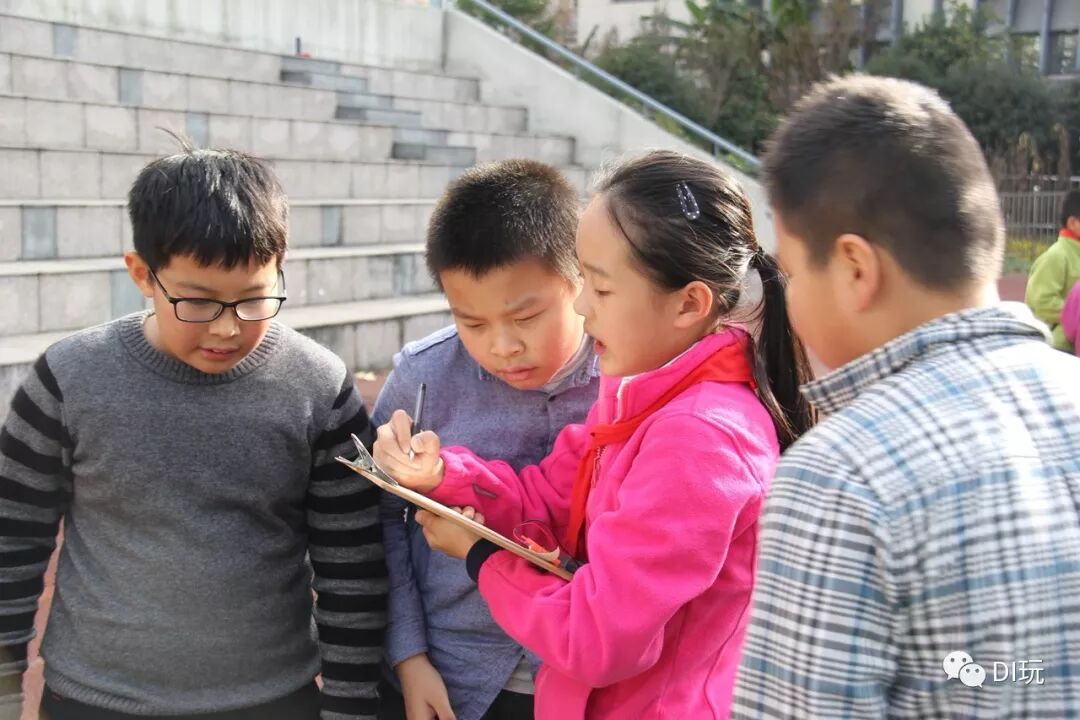
At least it can correctly feedback data now, and the group leader of Group B is diligently recording.
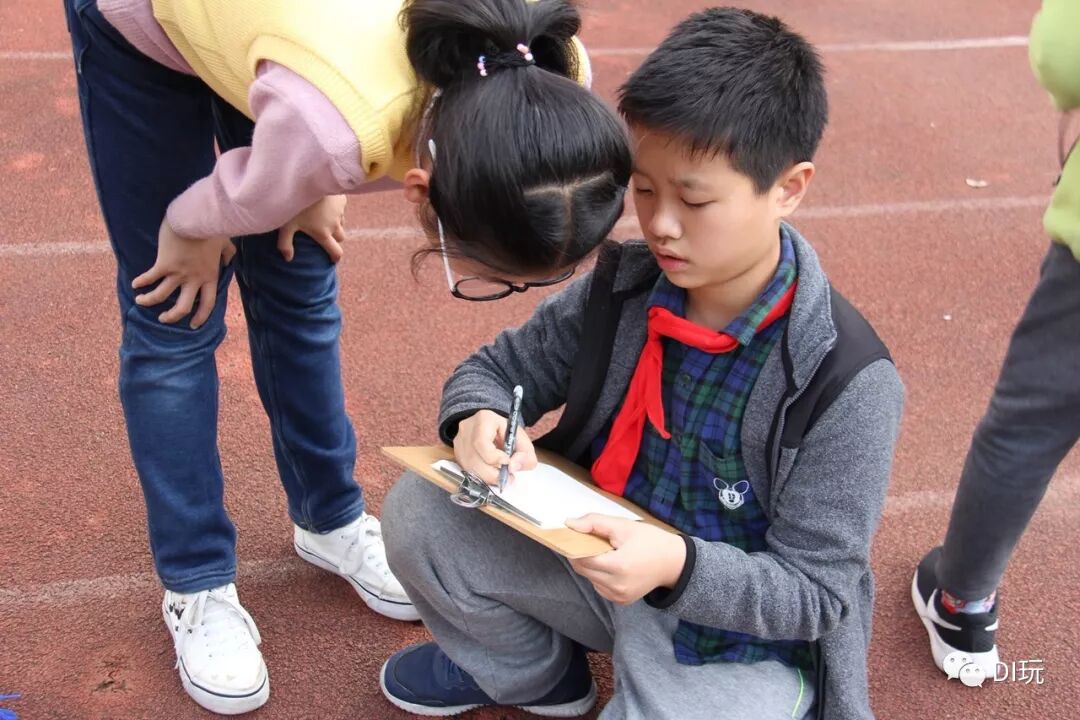
This is Group A, and even after the third test, they still haven’t completely eliminated the bugs in their program. No worries, keep improving, and we’ll continue when we find good weather!
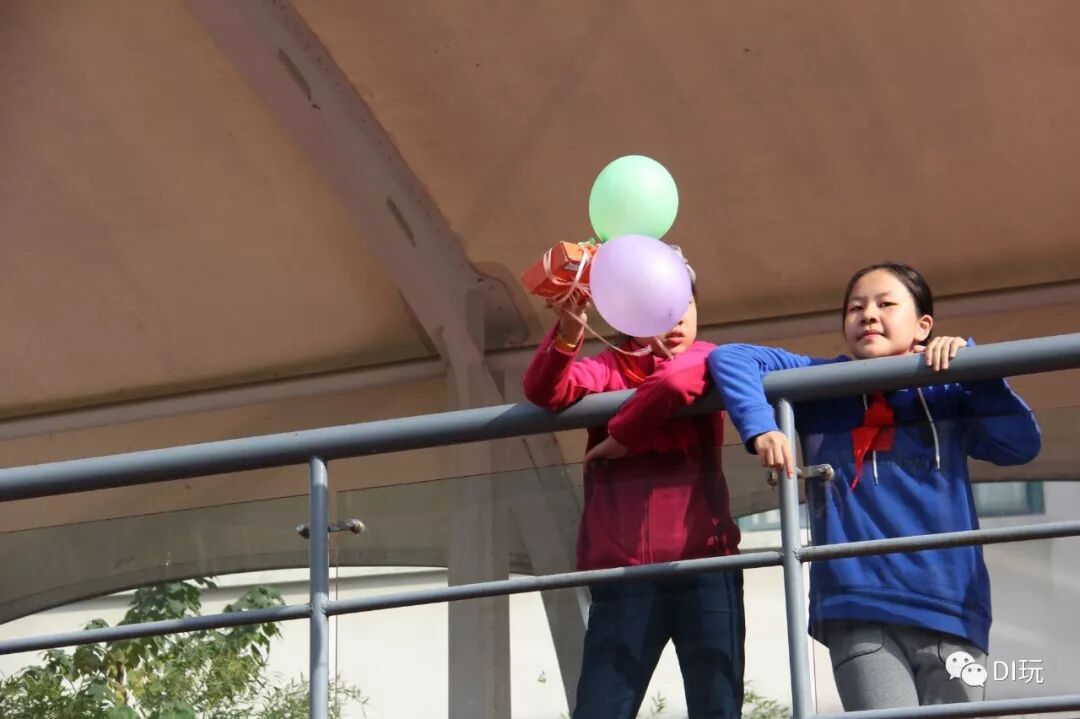
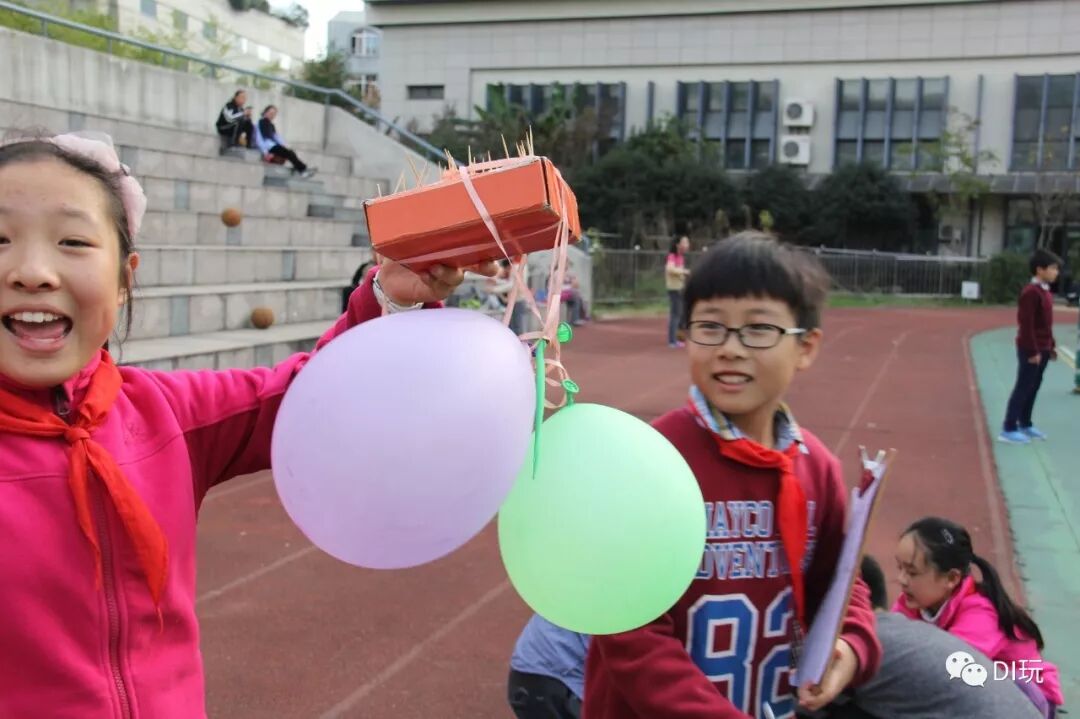
Group D had great success this time; their program not only correctly fed back experimental data but also focused on examining the relationship between the number of toothpicks and the impact force on the micro:bit within one class period. (The DF packaging box was truly riddled with holes.)
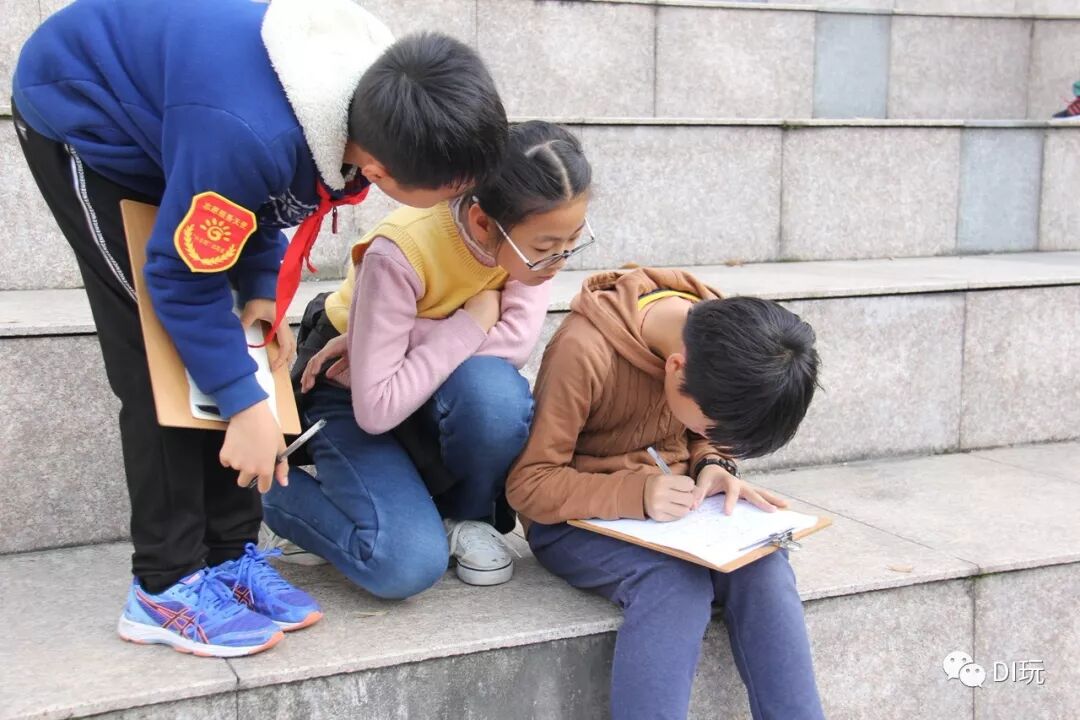
The group leader of Group D is recording, while the kids from Group A come over to learn from them.
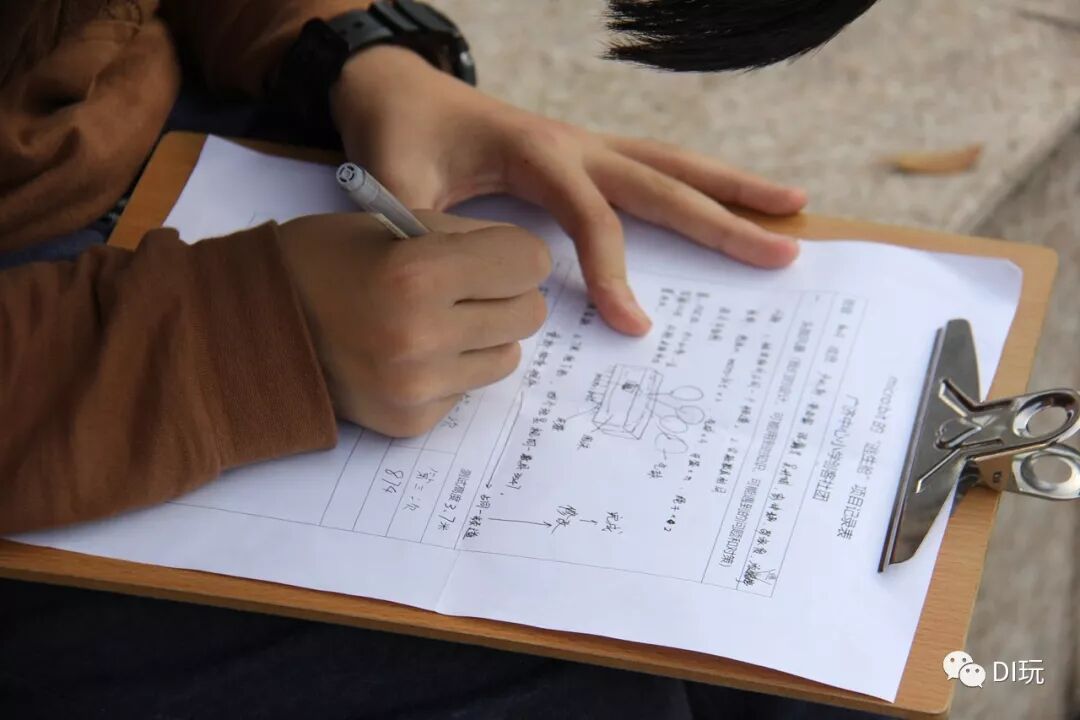
Summary
After half a month of project practice, three out of four groups completed the experiment, and one group is bravely moving towards success. Mi Dad does not emphasize horizontal competition among groups (otherwise these kids would come up with cheating programs in no time), but we focus on the following points during the process:
-
Collaboration among group members.
-
Effectiveness of the self-made digital experimental device.
-
Understanding the variables that affect experimental results.
-
Recording the process, project reflection, and summary.
Group D’s experimental record sheet is quite representative; we can clearly feel that this is a project practice process where “less teaching leads to more learning”.
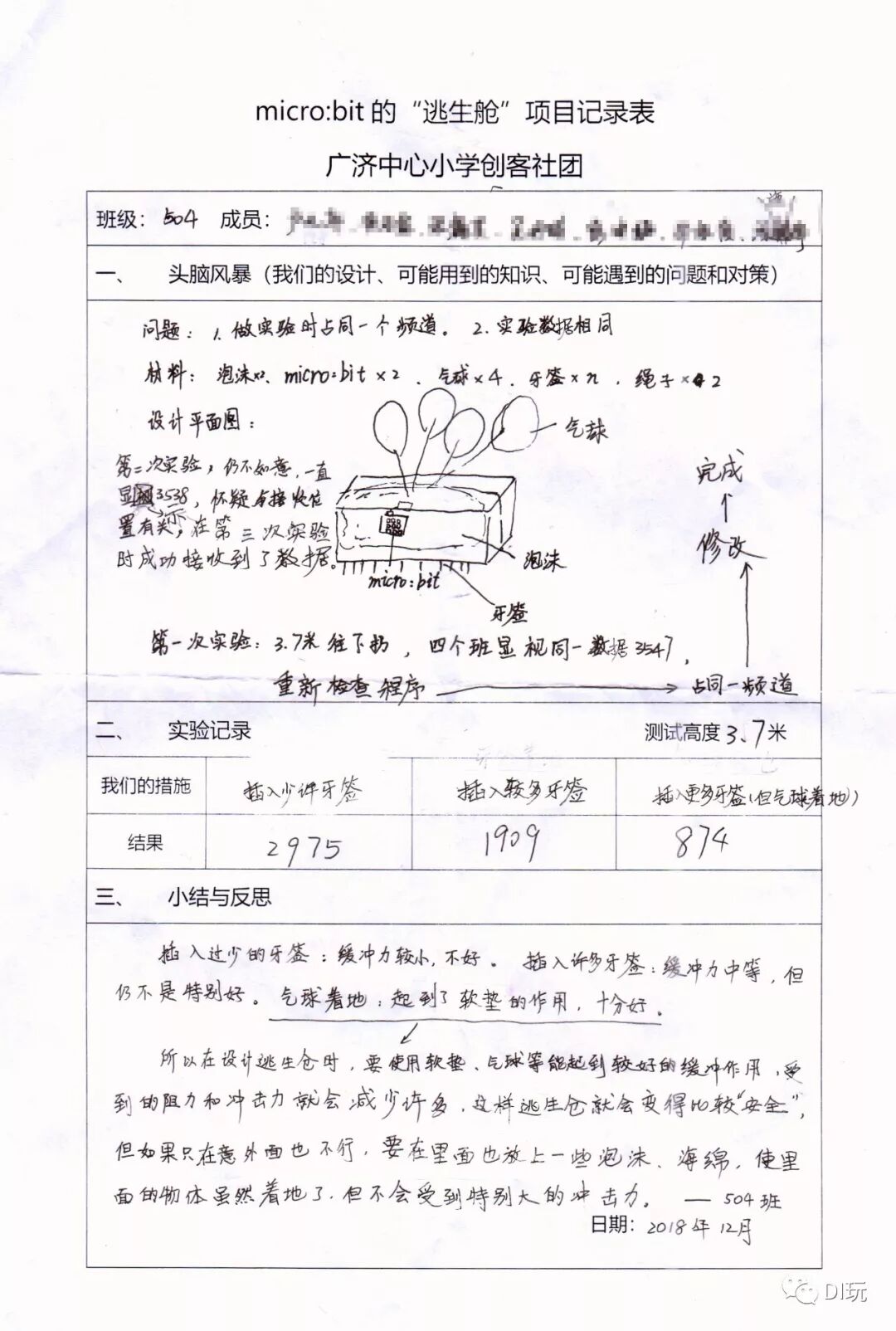
Of course, this record sheet still has many issues, such as not adding units to the recorded data and typos (I need to report to Teacher Zhong, deducting 2 points from the group leader’s Chinese score).
Additionally, although the use of physical terminology in the summary is not entirely appropriate, it sufficiently indicates that they have gained an intuitive understanding, and the teacher can grasp what they want to express. For fifth-grade elementary school students, being able to write such an experimental summary is quite remarkable.
When designing courses, we should set a relatively low threshold while also establishing a relatively high ceiling, allowing students of different levels to gain something. Different teachers may adopt different strategies when students are ready to climb towards the ceiling, especially when students’ questions exceed the teacher’s ability; the teacher may not respond directly but instead guide them towards a lower level.However, for this project, Mi Dad not only does not plan to guide students towards an easier level but also intends to provide a ladder for students to climb to a higher level. The reason for this confidence is due to a divine assist—Teacher Qianqian.
Teacher Qianqian is a physics teacher at Ningbo Xiaoshi Middle School, and the content involved in this project happens to be high school physics knowledge. Now, let’s invite Teacher Qianqian to bring the ladder and conduct a mechanics analysis.
Teacher Qianqian Brings the Ladder
All four groups’ designs are very creative, and based on their principles, we can categorize them into two types: Group A’s glider group and Group C’s parachute group belong to Type I, while Group B’s bubble wrap group and Group D’s toothpick airbag group belong to Type II.
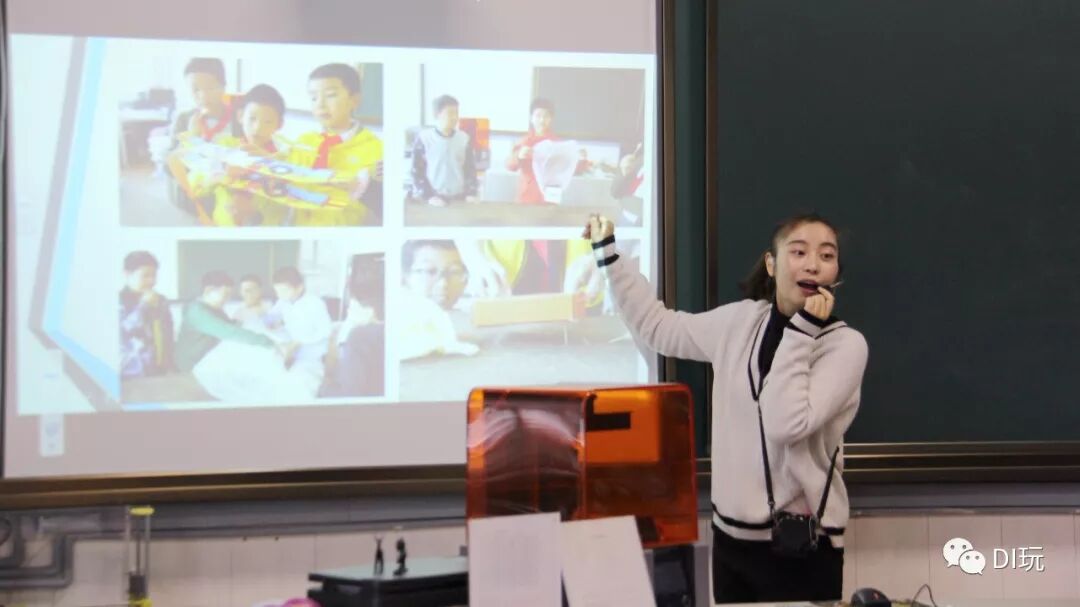
Type I solutions, whether gliders or parachutes, utilize air resistance to hinder the device’s descent, thereby reducing the speed at which the device contacts the ground; Type II solutions, whether wrapping the device in bubble wrap or placing toothpicks or balloons at the bottom, aim to provide a cushioning effect when the device lands, extending the time of contact between the ground and the device.
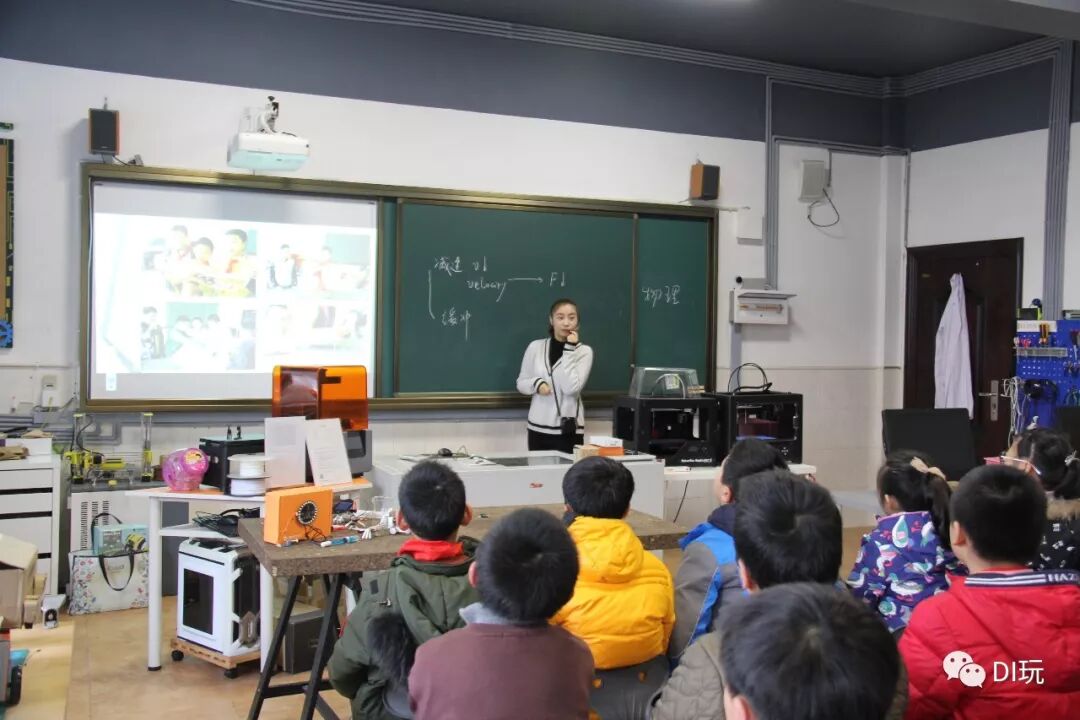
So, why does reducing landing speed and extending the time of ground force application
and extending the time of ground force application both reduce the impact force on the device when it touches the ground?
both reduce the impact force on the device when it touches the ground?
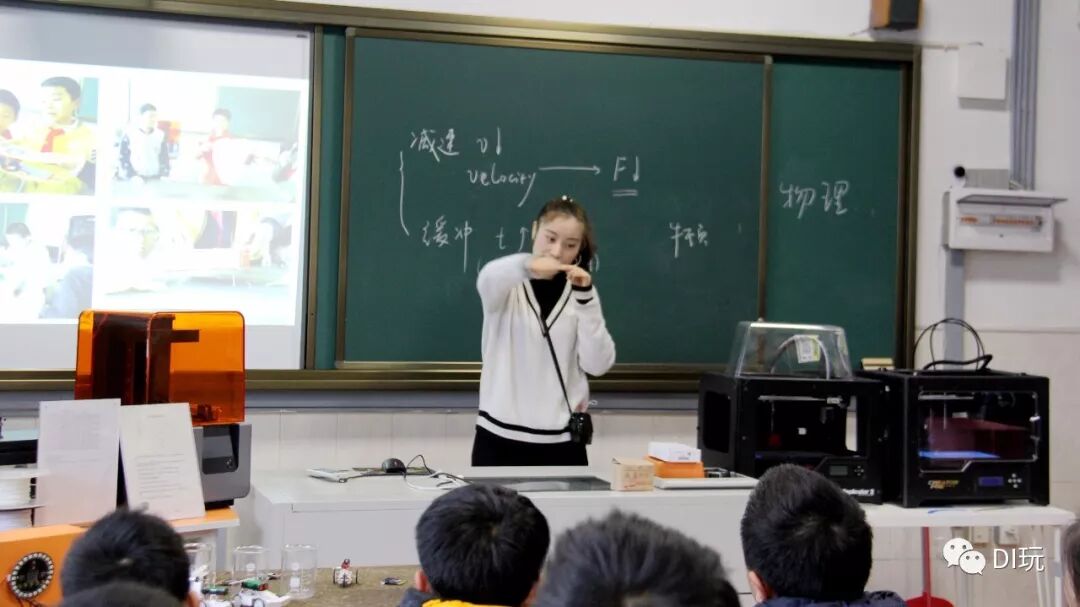
Let’s grandly invite the world-renowned physicist Newton~ He proposed the famous three laws of motion over 300 years ago, and Newton’s second law is the key to solving this problem.
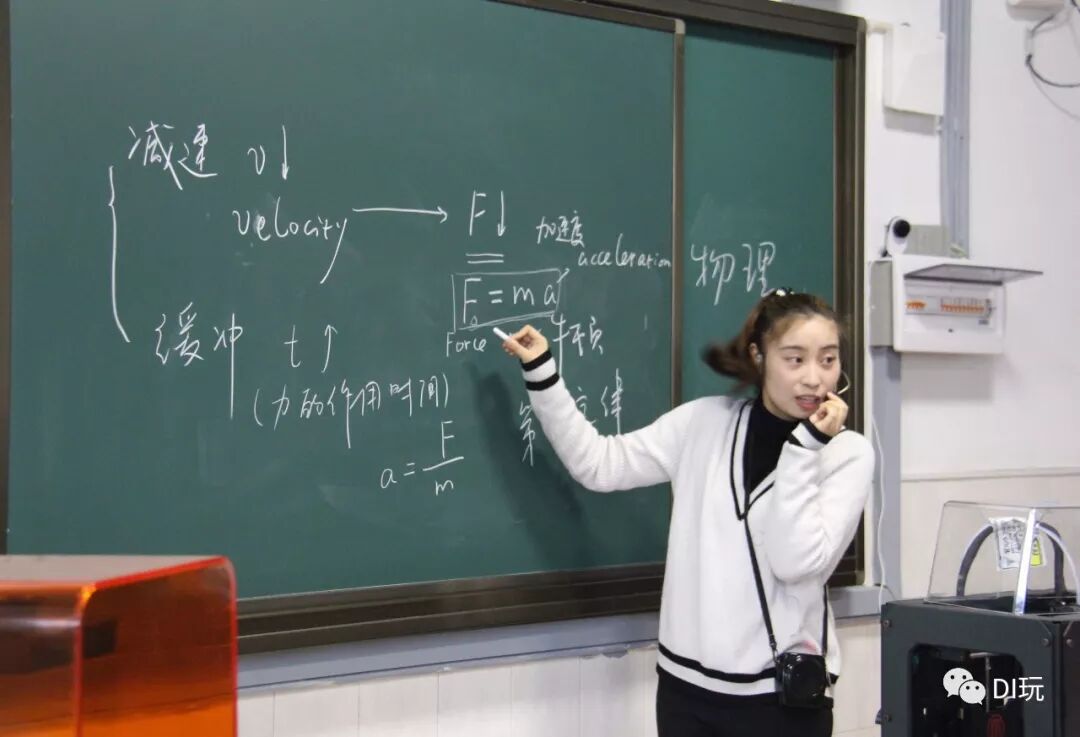
Newton’s second law states that the acceleration of an object is directly proportional to the force applied
is directly proportional to the force applied and inversely proportional to the mass of the object
and inversely proportional to the mass of the object . In formula form, this can be described as
. In formula form, this can be described as

Rearranging gives us

Where acceleration is a physical quantity that describes how quickly an object’s speed changes,

From this, we can see that

Whew, take a breath, we finally introduced today’s most important formula~ Yay~ everything is about to be resolved~ Let’s see—Type I solutions reduce landing speed , which actually reduces the change in speed before and after the device touches the ground
, which actually reduces the change in speed before and after the device touches the ground , as seen from the formula
, as seen from the formula

It can be seen that this reduces , thereby reducing
, thereby reducing ; Type II solutions extend the time of ground force application
; Type II solutions extend the time of ground force application , which increases
, which increases , which also reduces
, which also reduces , thereby reducing
, thereby reducing .
.
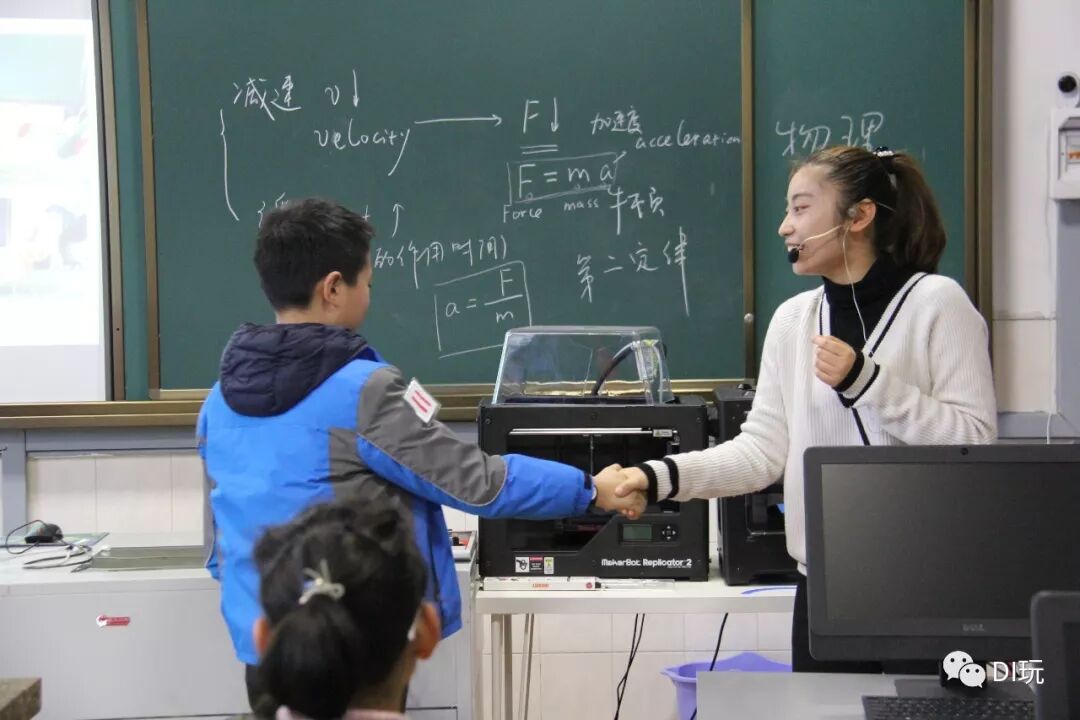
This is not a handshake; shortly, this child will stumble and feel the power of Teacher Qianqian’s strong arm, oh no, it’s “acceleration” 
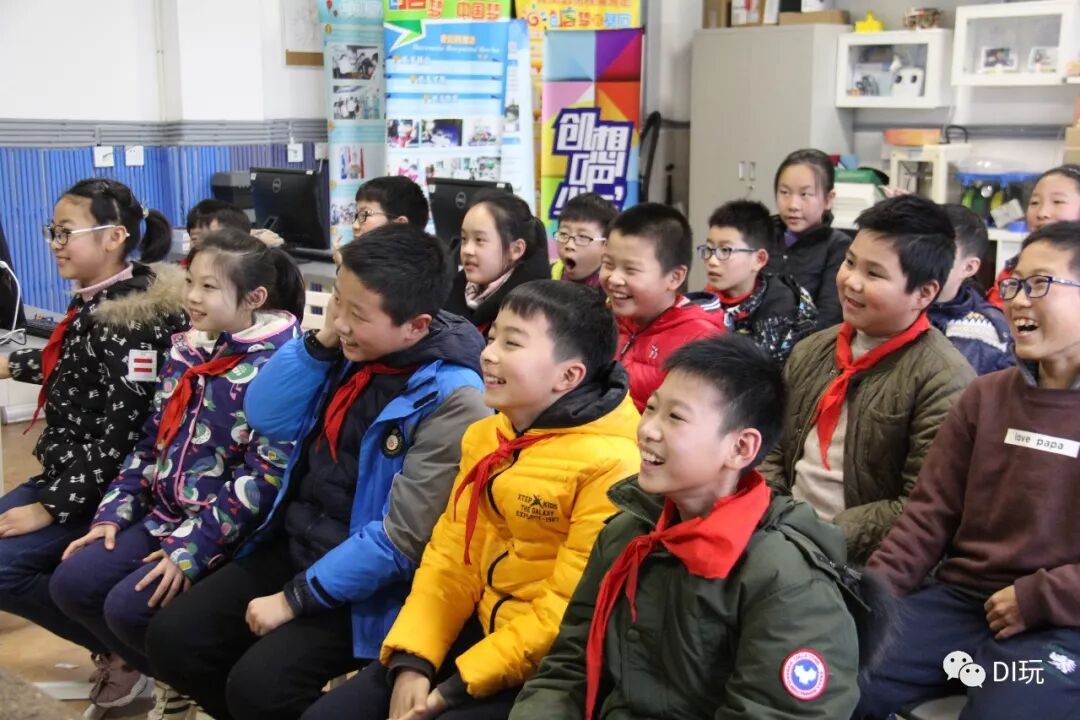
After a class, the kids were so happy; they all liked the wise, humorous, and talented Teacher Qianqian, hoping she could teach them again. Some even set their sights on Xiaoshi Middle School as their goal!
If there are appropriate knowledge points to combine, and Teacher Qianqian is available, Mi Dad will often invite her to “bring the ladder” for the kids 
Searching for the Ideal Form of STEM Education in Indiana
-
I wake up like this, searching for the ideal form of STEM education in Indiana
-
Reflections on visiting Purdue University’s Bechtel Innovation Design Center
-
Learning from others—an analysis of the characteristics of STEM education in Indiana, USA

-
PVCBOT
-
Even bugs are cute, PVCBOT’s trembling little bug
-
PVCBOT’s dragonfly waltz
-
PVCBOT’s ant
-
Controlling the Future
-
Crossing the past, “controlling” the future, recreating the NOKIA startup animation with a control board
-
Fun with micro:bit: My STEAM Partner
-
Little bit’s appreciation of the scenery of Siming Mountain: The spring water at Jiaokeng is comparable to bottled water, the river at Qingjiang Bank beats tap water, and the beautiful green mountains and waters of Dashan are loved
-
Fist points to the rain, nurturing things silently: Xiaomi’s Boxing:bit IoT punching encouragement device
-
Mr. Crab’s nightmare: Xiaomi’s fighting robot tries its iron fist
-
Drinking cola = drinking toilet cleaner? Let Xiaomi’s pH electronic “test paper” tell you the truth
-
Let the course soar! An experiment analyzing the relationship between pressure and altitude based on micro:bit and BMP280
-
Fun with micro:bit
-
[Micro Lesson] Fun with micro:bit 01 HELLO, DIMI!
-
[Micro Lesson] Fun with micro:bit 02 “Heart Racing”
-
[Micro Lesson] Fun with BBC micro:bit 03 Bomberman (1)
-
[Micro Lesson] Fun with BBC micro:bit 04 Bomberman (2)
-
[Micro Lesson] Fun with BBC micro:bit 05 Playing a tune “Twinkle Twinkle Little Star”
-
[Micro Lesson] Fun with BBC micro:bit 06 Digital Dice
-
[Micro Lesson] Fun with BBC micro:bit 07 Plant Monitoring Device
-
[Micro Lesson] Fun with BBC micro:bit 08 Halloween Trickster
-
[Micro Lesson] Fun with BBC micro:bit 09 Steve’s Magnetometer
-
[Micro Lesson] Fun with BBC micro:bit 10 Bear Grylls’ New Compass
-
[Micro Lesson] Fun with BBC micro:bit 11 Autumn Pants Summoning Artifact
-
[Micro Lesson] Fun with BBC micro:bit 12 A Cup of Temperature (Part 1)
-
[Micro Lesson] Fun with BBC micro:bit 13 A Cup of Temperature (Part 2)
-
[Micro Lesson] Fun with BBC micro:bit 14 Boolean’s Heart-Shaped Night Light
-
[Micro Lesson] Fun with BBC micro:bit 15 Hogwarts School of Magic’s New Apprentice
-
[Micro Lesson] Fun with BBC micro:bit 16 Turkey Hunter
-
[Micro Lesson] Fun with BBC micro:bit 17 Stuart Little
-
[Micro Lesson] Fun with BBC micro:bit 18 Step Counter
-
[Micro Lesson] Fun with BBC micro:bit 19 Thunderbolt Ranger
-
[Micro Lesson] Fun with BBC micro:bit 20 Writing “川” with a program
-
Mi Dad’s Digital Laboratory
-
Fun with DF Boson Micro:bit’s Heart Rate Sensor
-
Mi Dad’s Digital Laboratory: Fun with micro:bit in Racing Mobilization
-
When Little Makers Dive into the Herbal Garden—An Attempt at a Comprehensive Practice Course Based on micro:bit
-
Micro:bit Becomes Bug Agent
-
KITTENBOT MP3 Module Initial Test
-
Remote Monitoring, Real-time Recording, Animation Prompting, Spend 1 Yuan to Turn WU-LINK into an IoT Plant Nurse
-
Micro:bit Becomes an Electromagnetic Radiation Tester
-
Examining from a “God’s Eye View”, Maker Dad’s Investigation of German Milk
-
Soft and Hard, Two-pronged Approach—Initial Test of DF Micro:Mate Expansion Board and BXY Editor
-
Thunderbolt Baby Becomes You, I Think About Winter
-
Angry Little Particle—Review of the Panwen Lily Particle Expansion Board
-
Archive: Being a Porter for SpaceX (Including Heavy Falcon Launch, Recovery, Starman’s Space Perspective, Merlin Engine Test Video)
-
Micro:bit Becomes a Wealthy Piggy Bank, Wishing Everyone Prosperity in the New Year!
-
OTTO Little Green Monster’s Life
-
New School Gear, Launching 20 micro:bit Magazines!
-
Still struggling with whether the furniture is environmentally friendly and whether the new house’s formaldehyde has dissipated? It’s time to spend 10 minutes DIYing an IoT formaldehyde monitoring device!
-
Notes on Firmware Upgrades for Obsessive-Compulsive Patients
-
Little Ben is watching you, eat quietly! Smart Programming Plays with Little Ben—IoT Initial Experience
-
Scratch 3.0 Editing Scratch 2.0 Files Using Kittenblock ID Loading Method
-
Let the Course Soar! An Experiment Analyzing the Relationship Between Pressure and Altitude Based on micro:bit and BMP280
-
Pneumonia Blocking Makers? Not Possible! DIY Wireless Infusion Reminder Device with micro:bit
-
We Are All “Iron Man”—Discussing the Campus Robot Fighting Competition Based on micro:bit
-
[micro:bit × OBLOQ IoT Challenge] Task 1: micro:bit + OBLOQ = Simple IoT Environmental Monitoring Device
-
Critical Thinking
-
Completing Personal Professional Growth While Being a Dad
-
It Should Have Warmth—A Few Words on the Decoration and Arrangement of Maker Spaces
- Small but Strong, BBC micro:bit is About to Make a Comeback in Maker Education
- Discussing the Craftsman Spirit from an 80 Yuan Tire Repair
- Initial Experience of BBC micro:bit Classroom Teaching and Suggestions for Teaching Environment Deployment
- Using Maker Methods to Interpret the “Guidelines for Comprehensive Practice Activities in Primary and Secondary Schools”
- Development and Practice of Application-Driven Maker Courses in Elementary Schools
- Creating a “Mini-PBL” to Achieve Self-Justification Based on Practice
- I wake up like this, searching for the ideal form of STEM education in Indiana
- Red CarAdventure
-
[Red Car Adventure] 01 The Red Car Starts Running
-
[Red Car Adventure] 02 Going Forward
-
[Red Car Adventure] 03 The Car Moves with the Heart
-
[Red Car Adventure] 04 Brave the Eight Trigrams Array